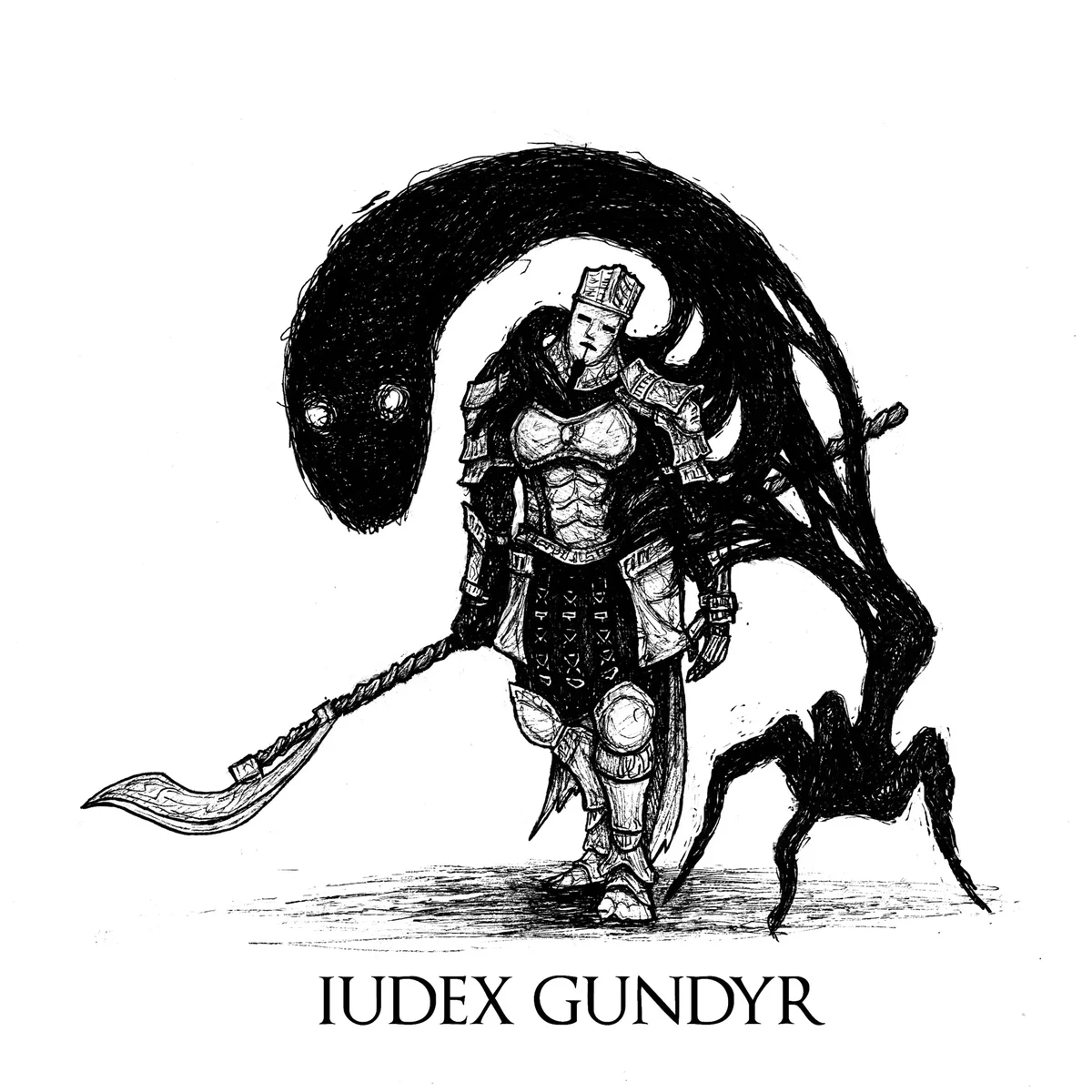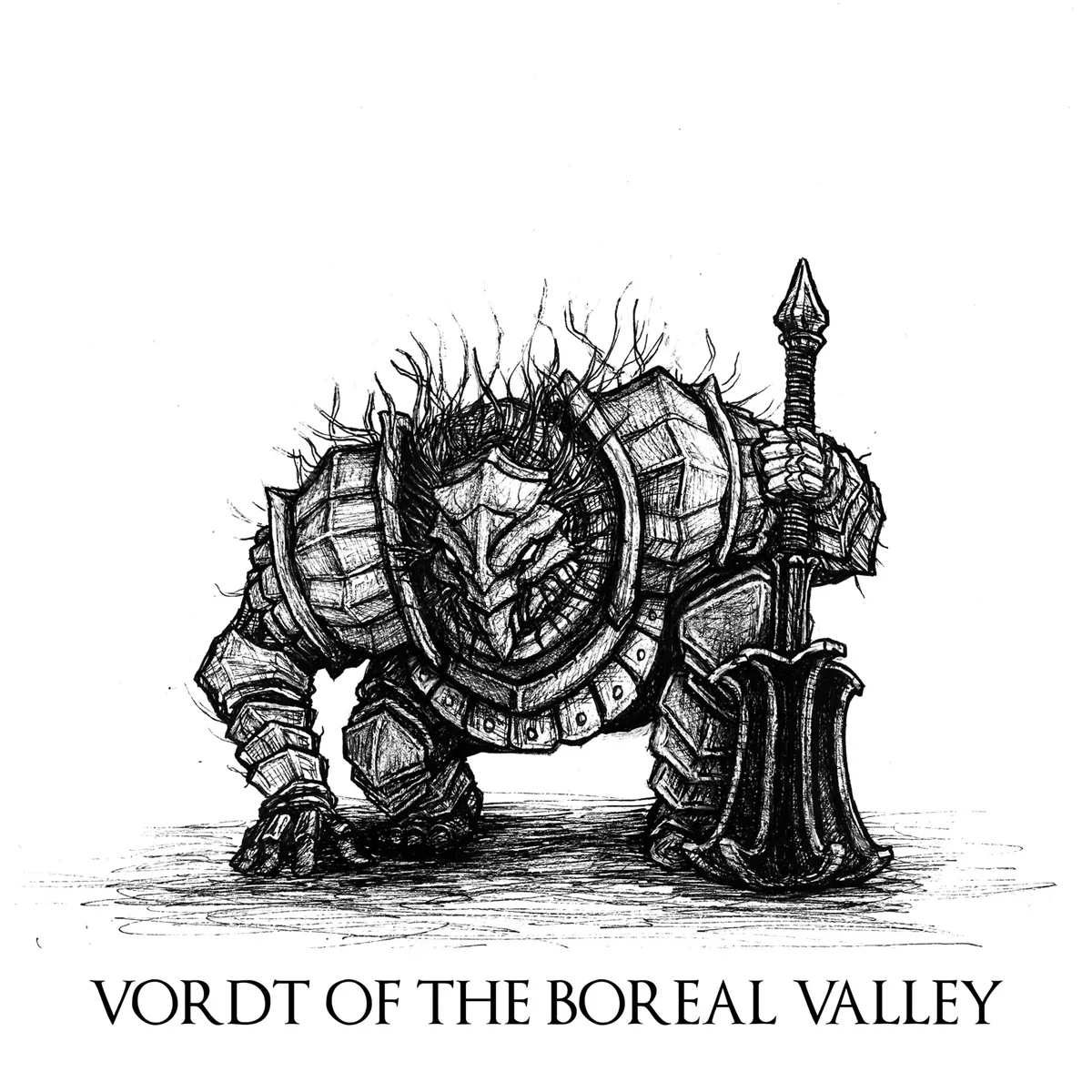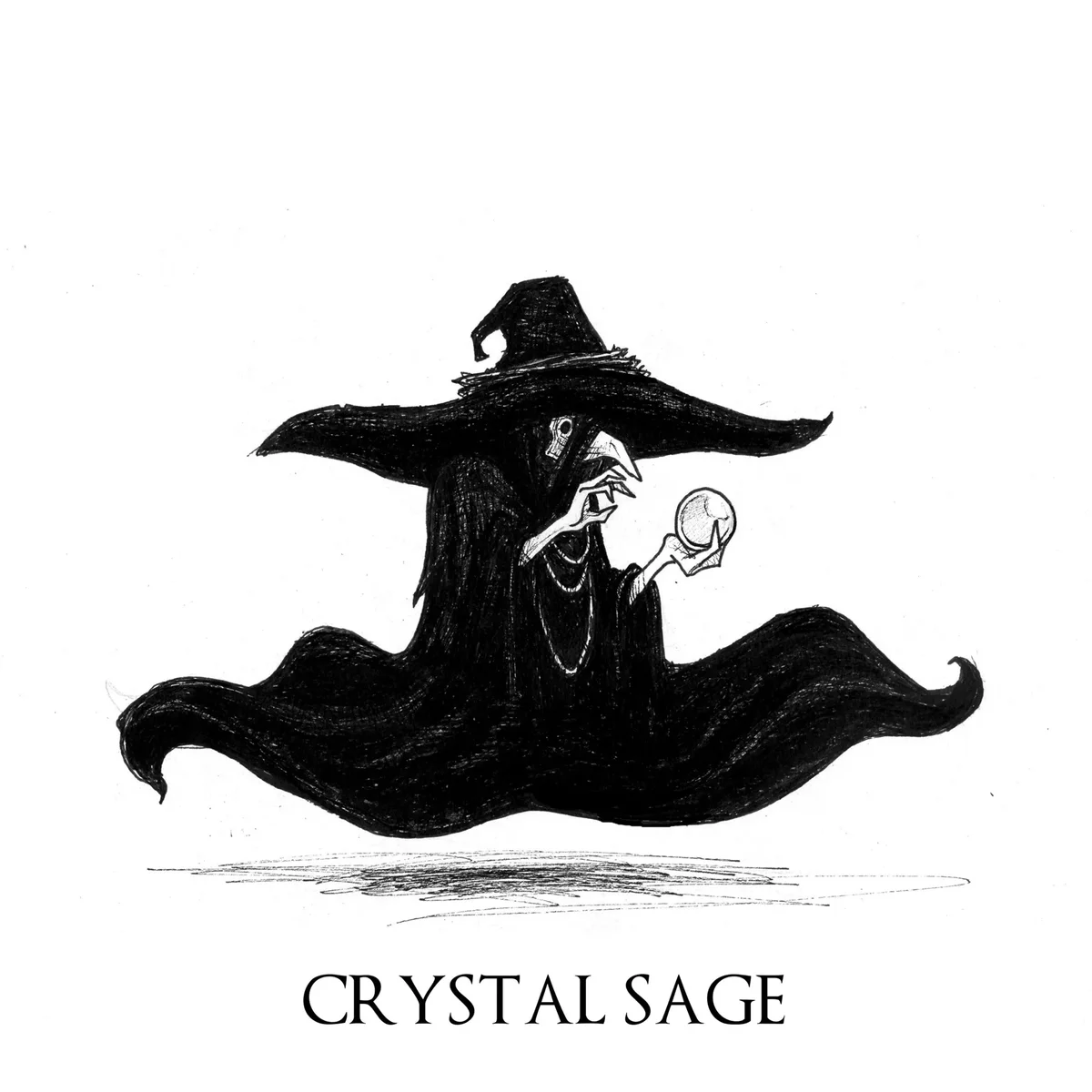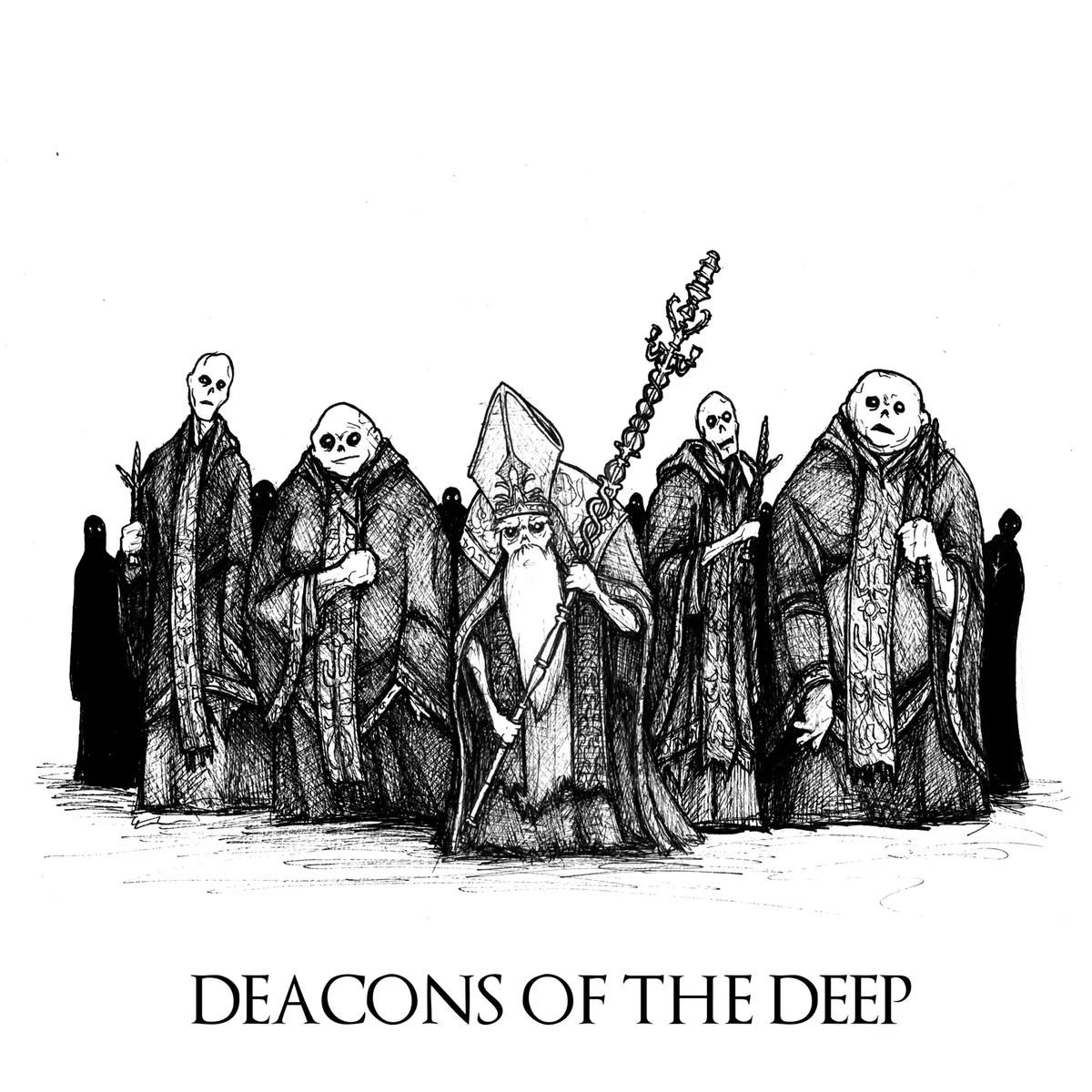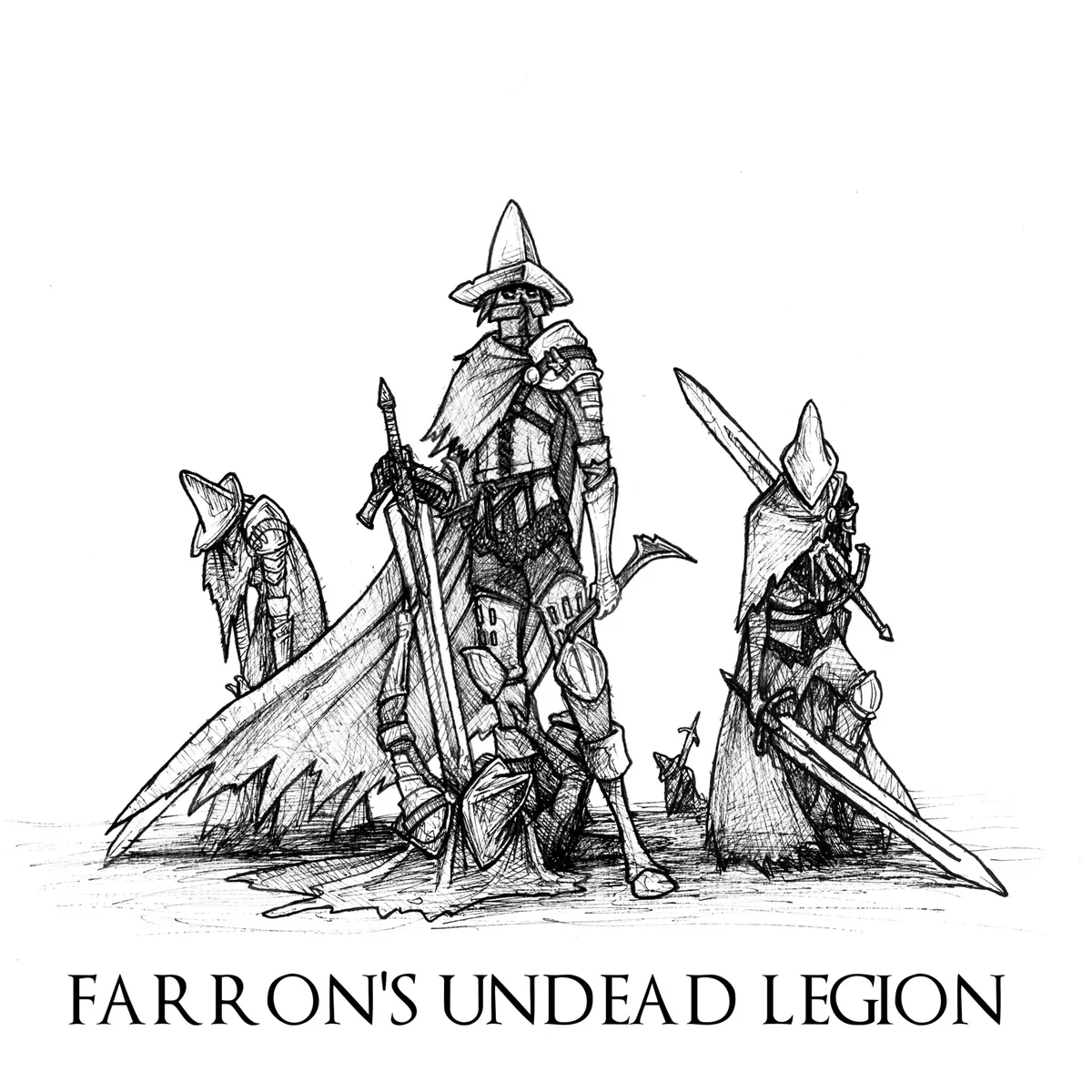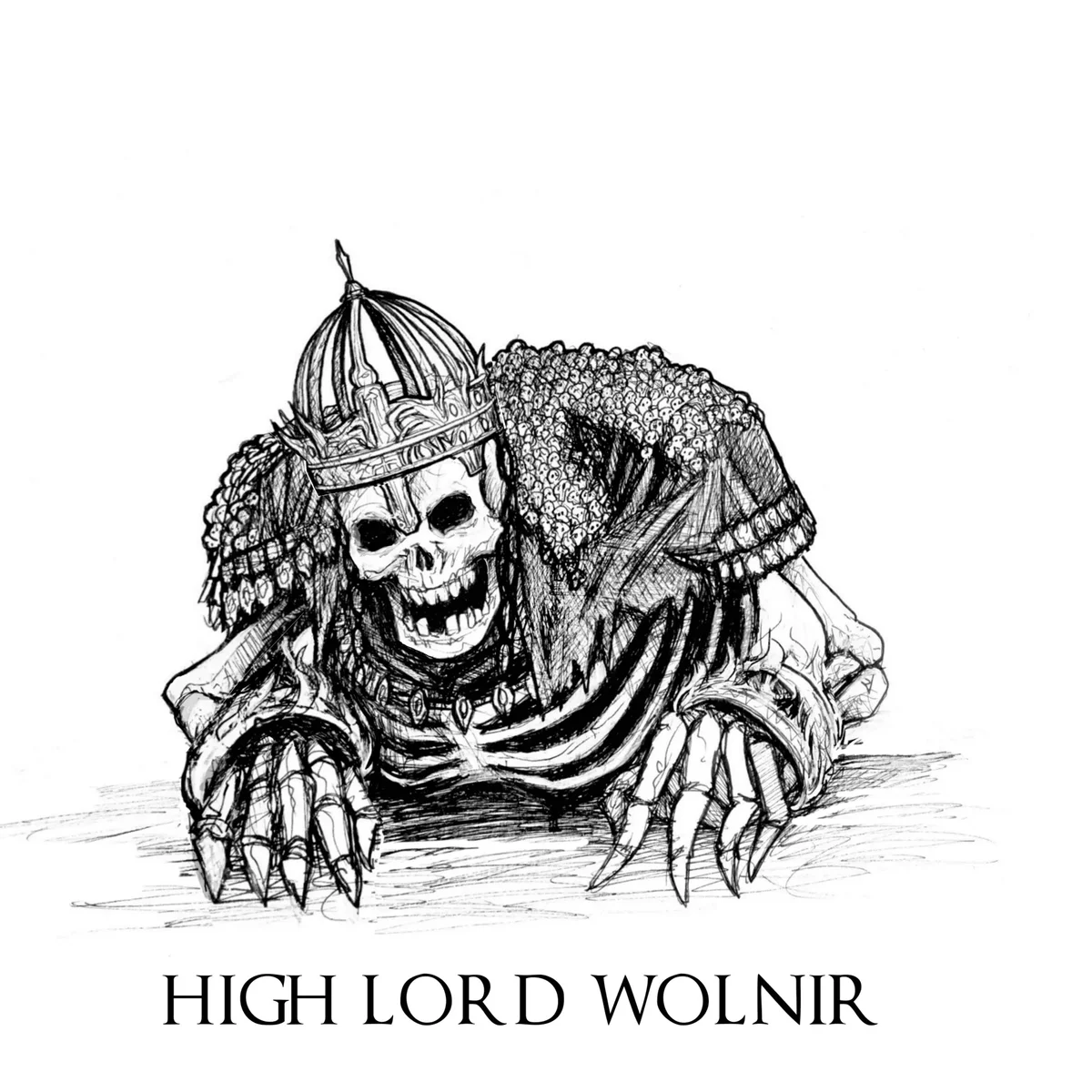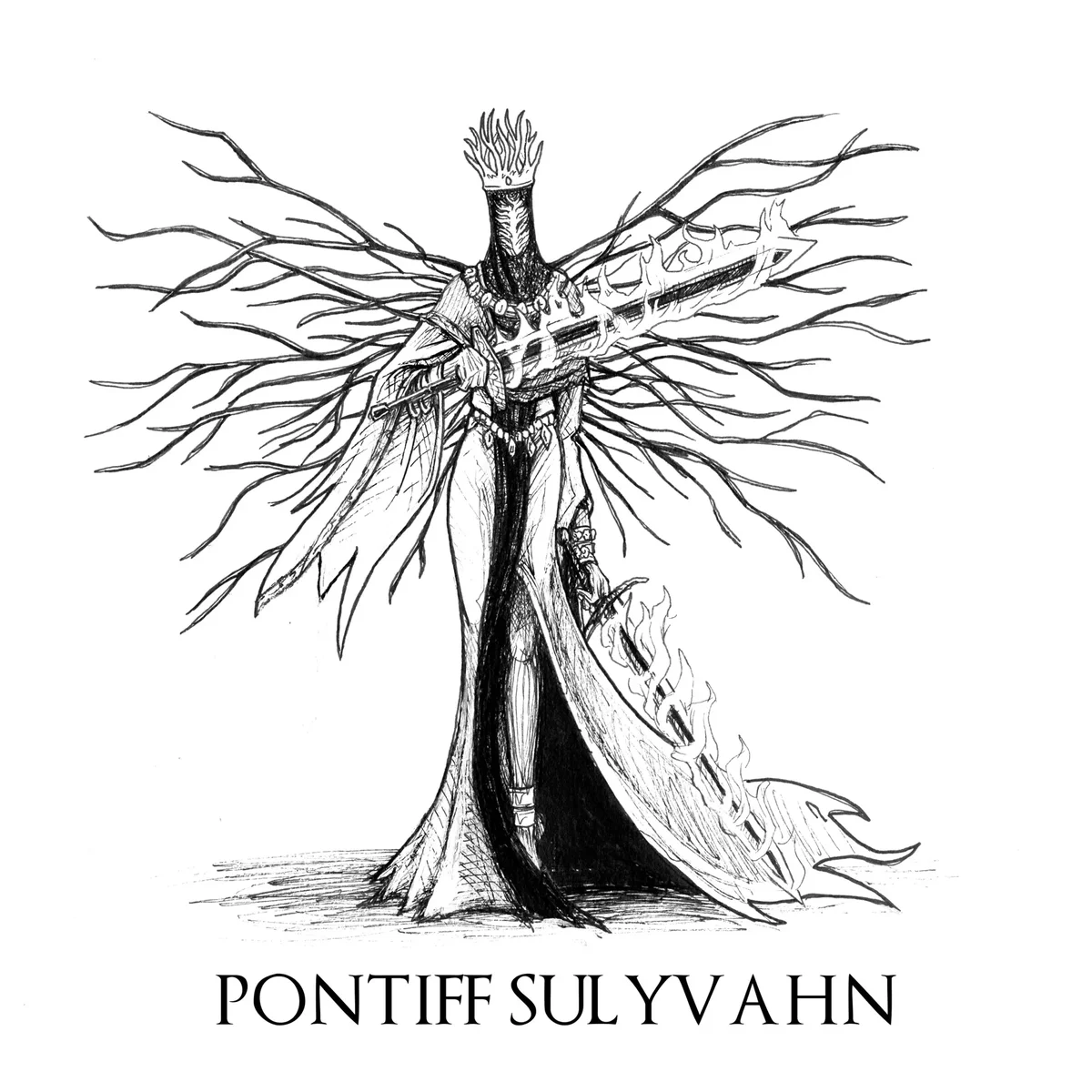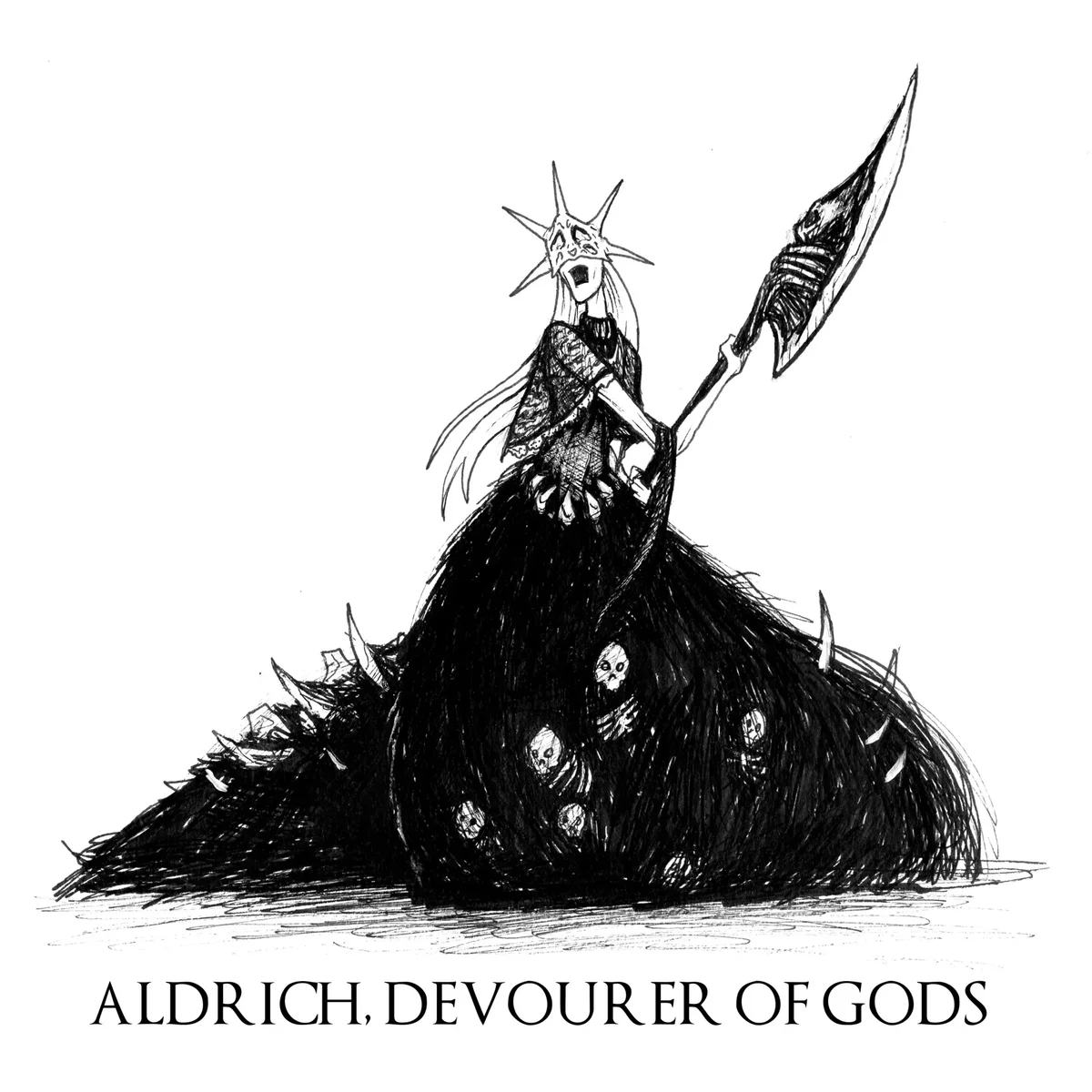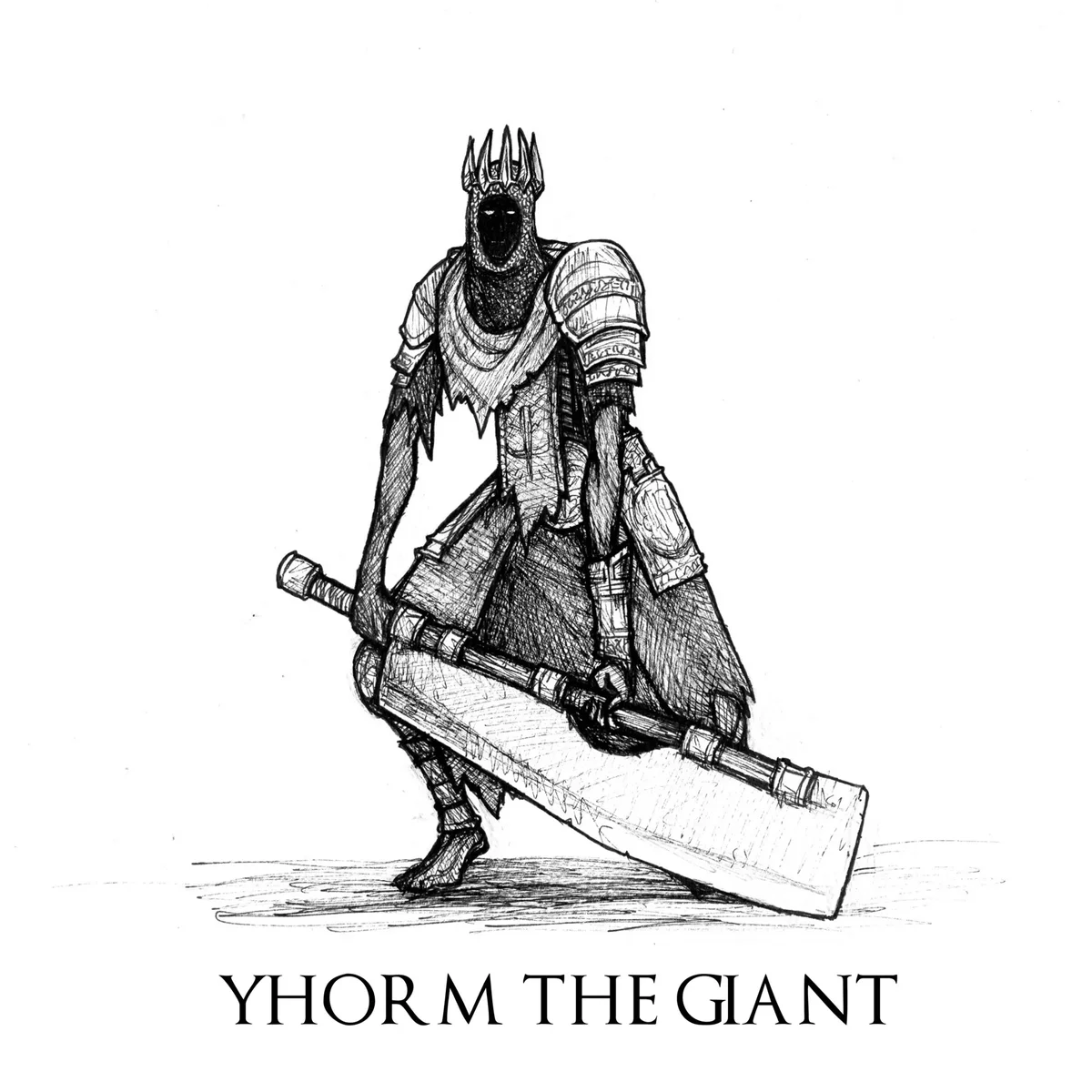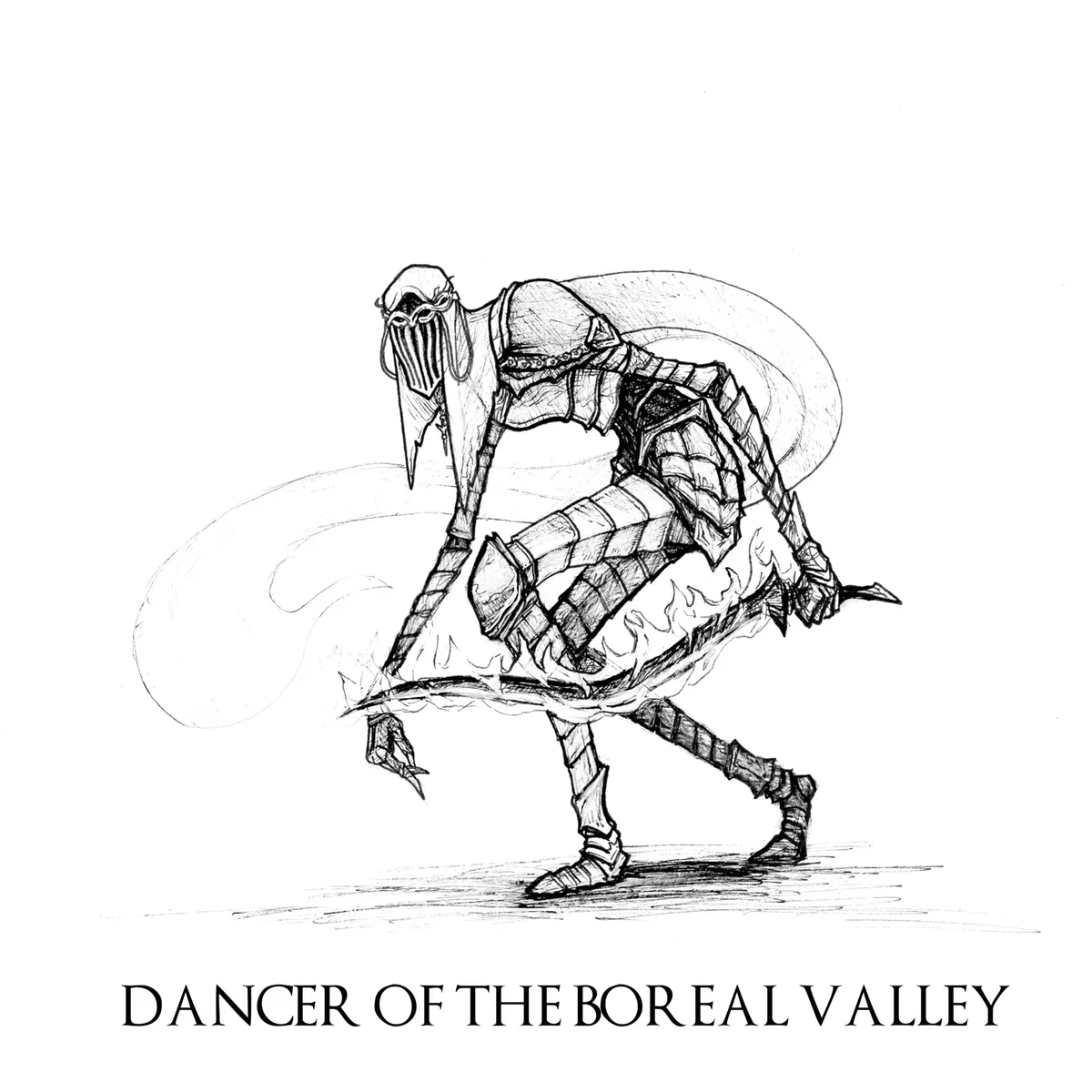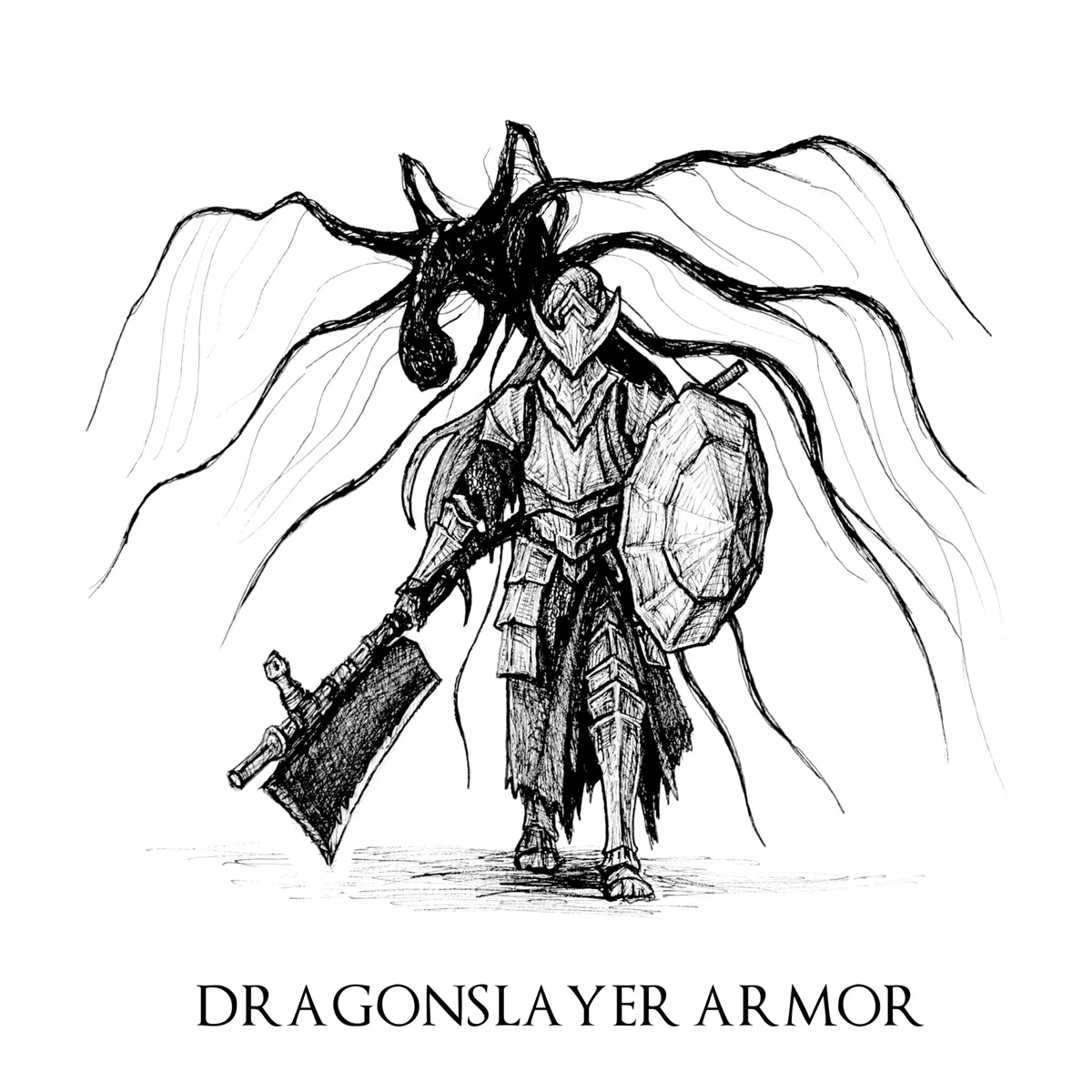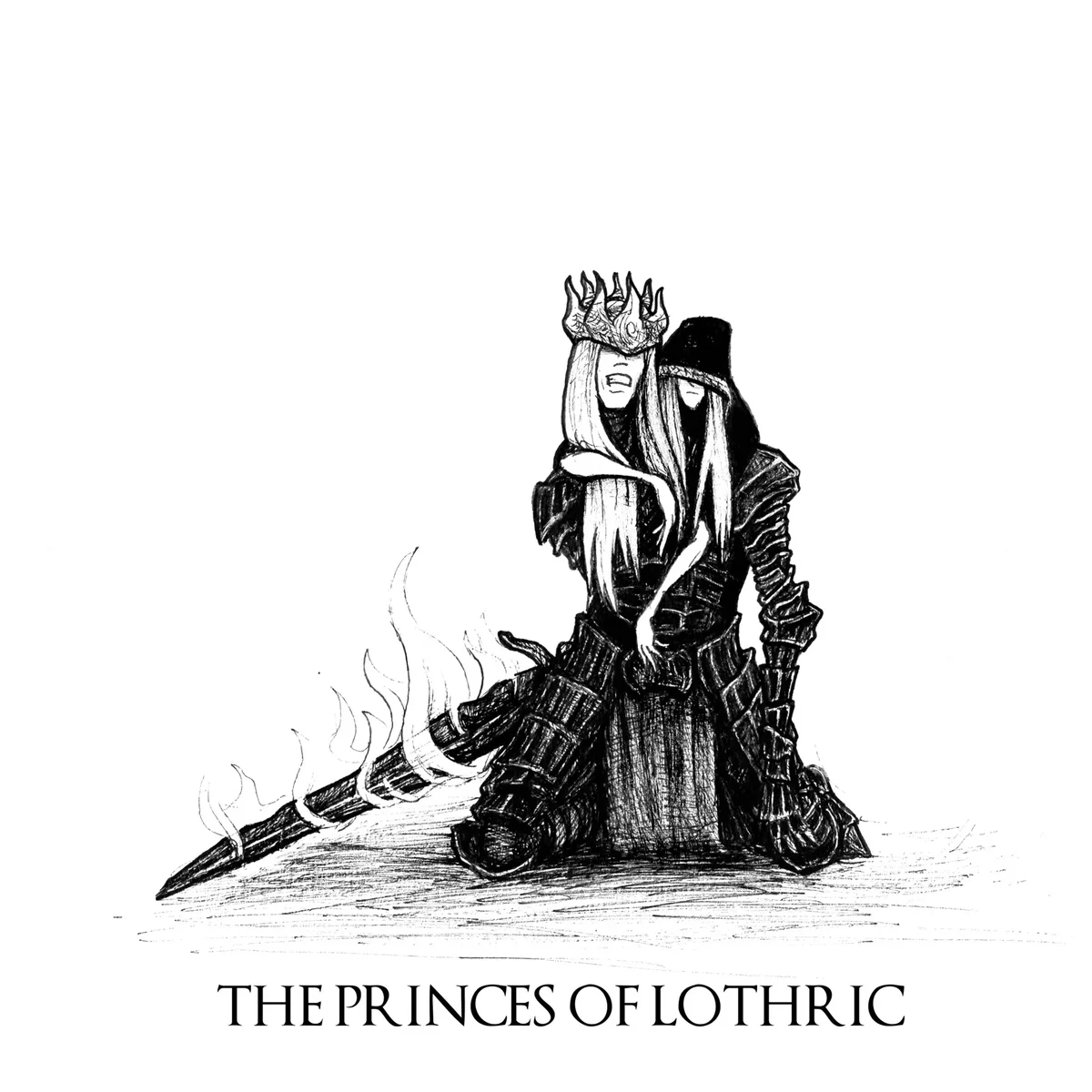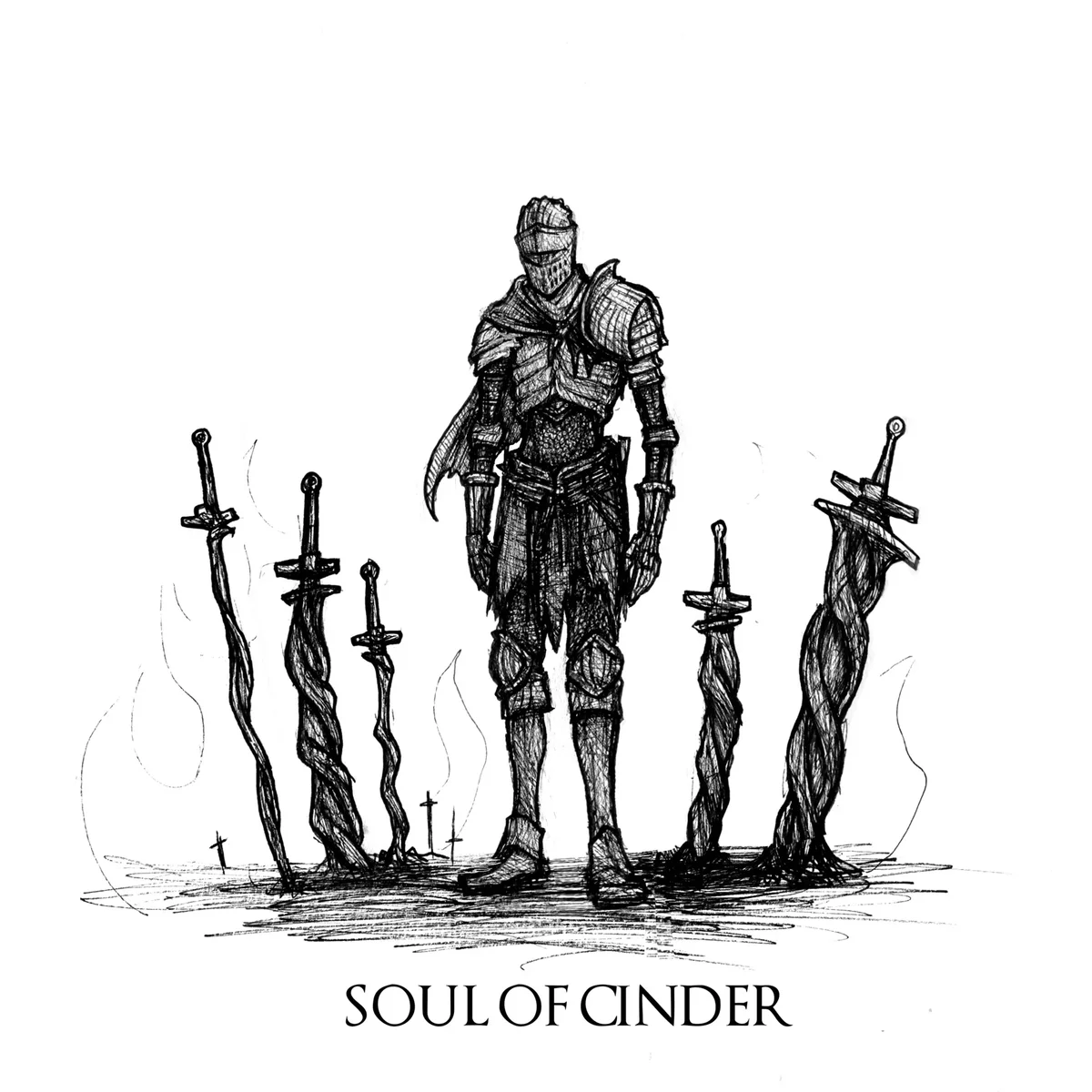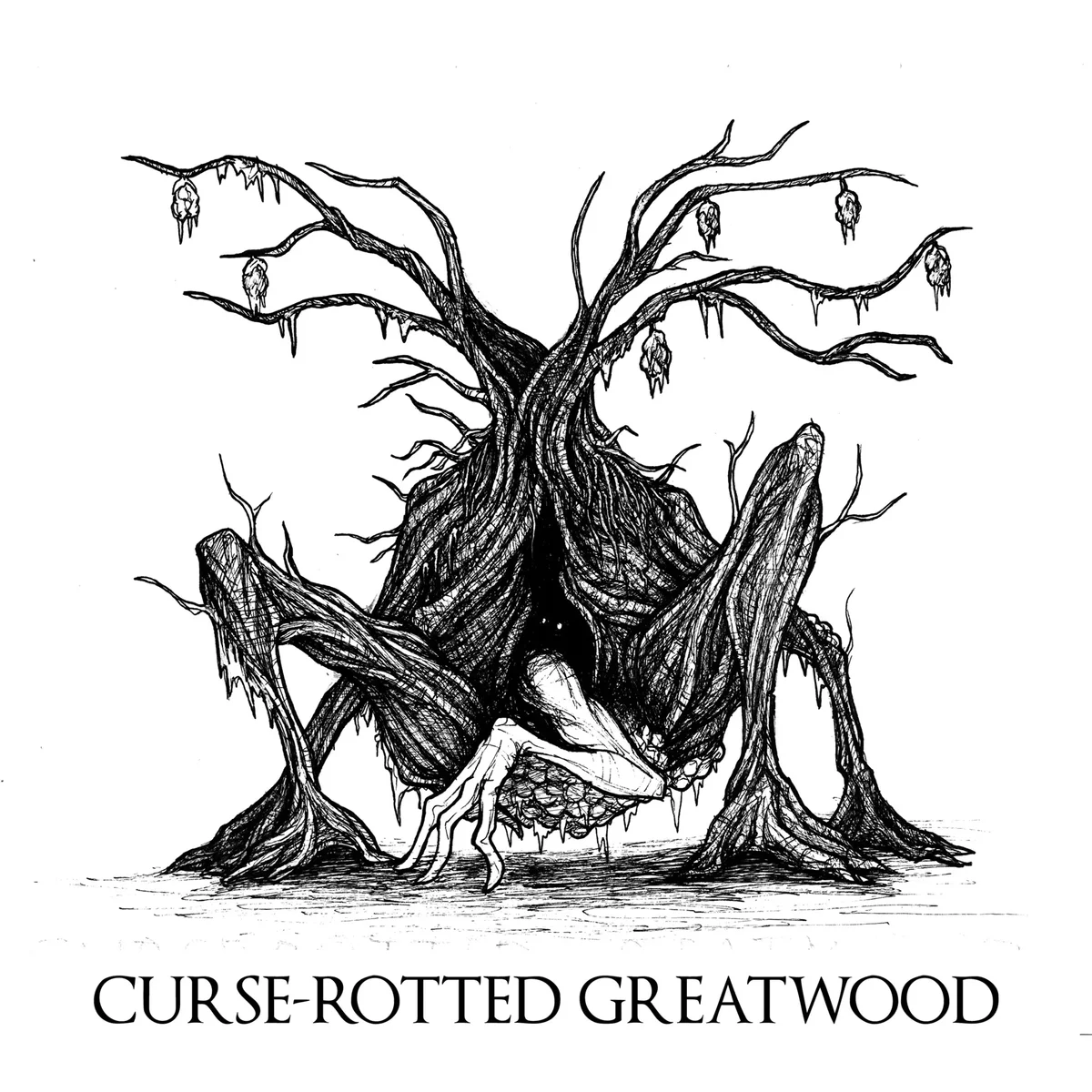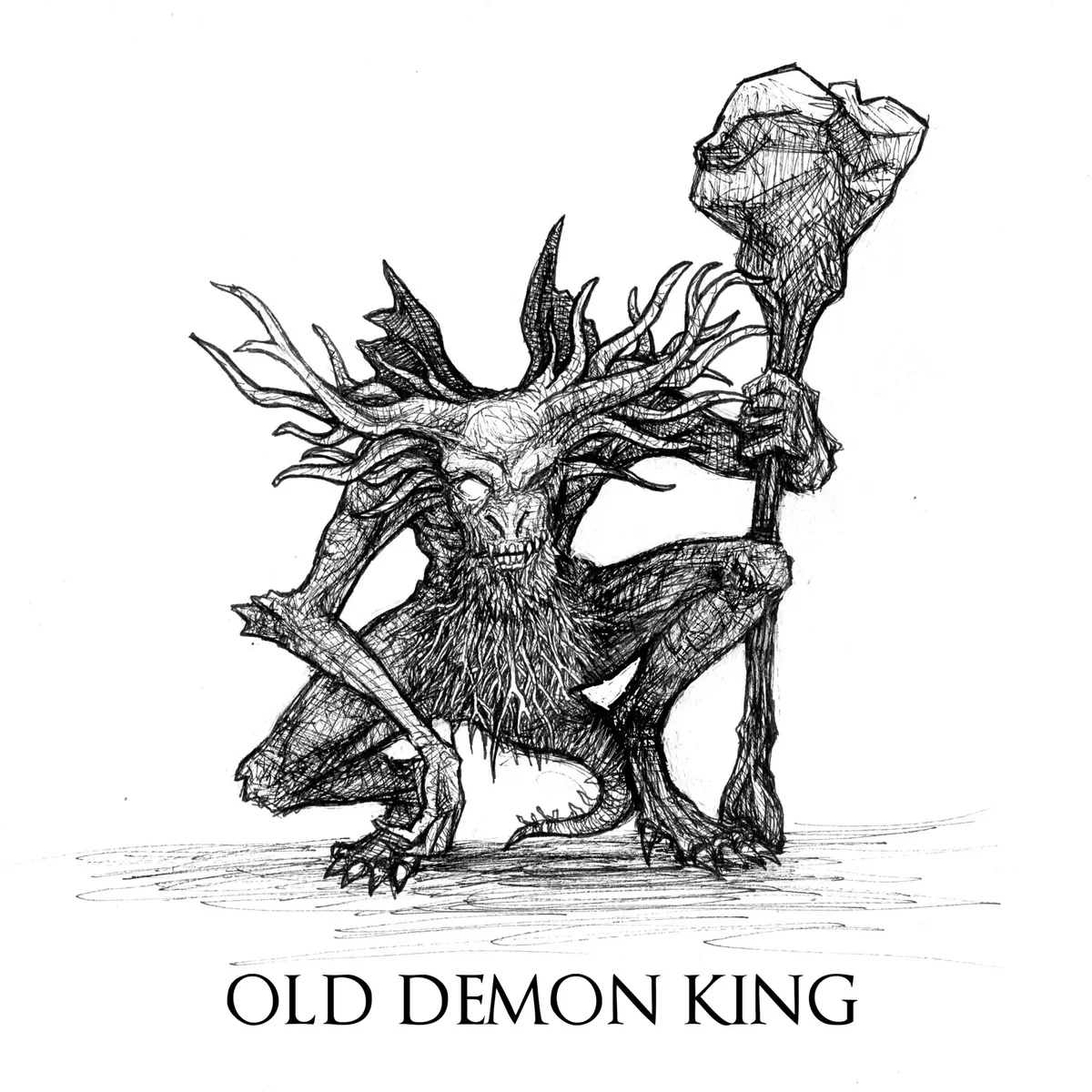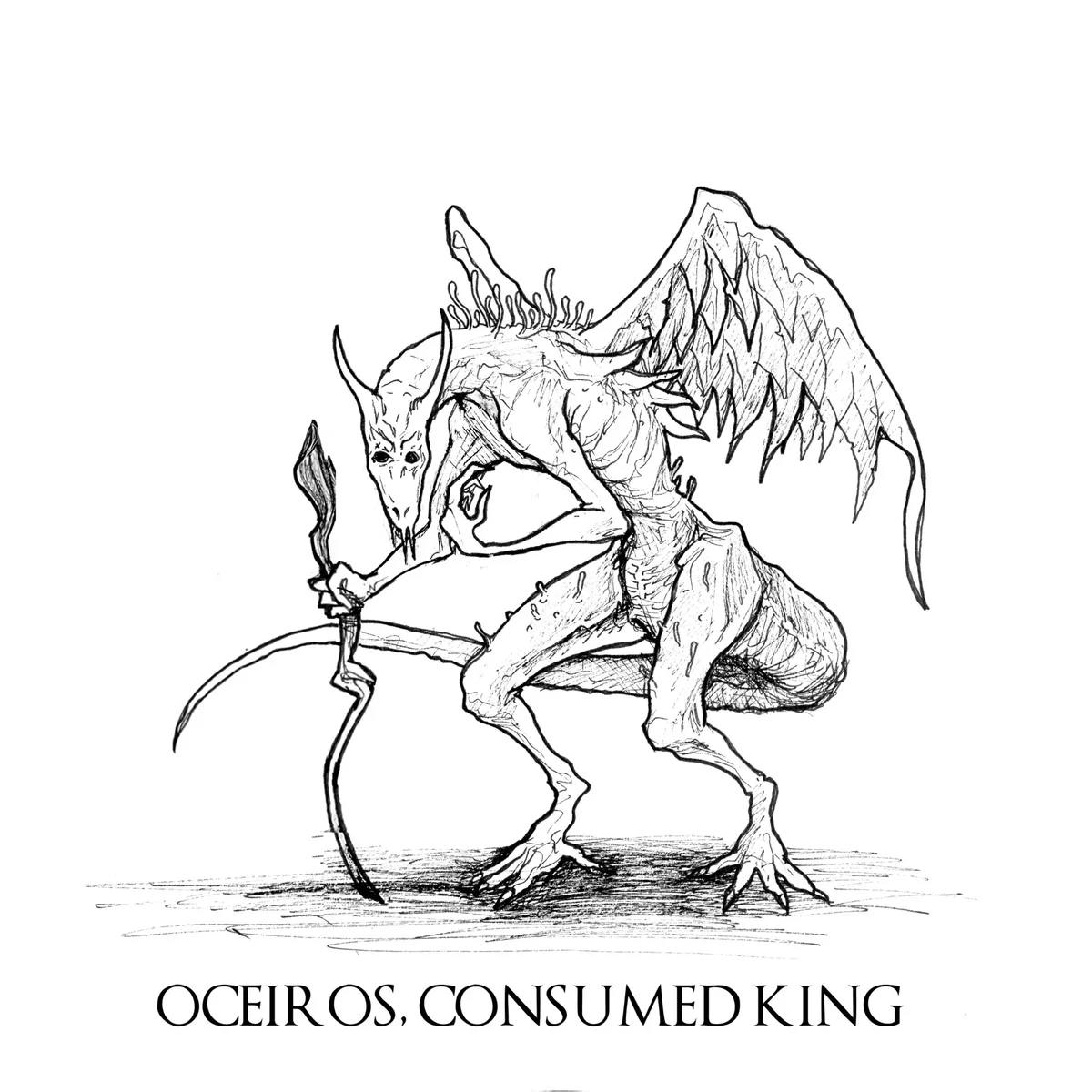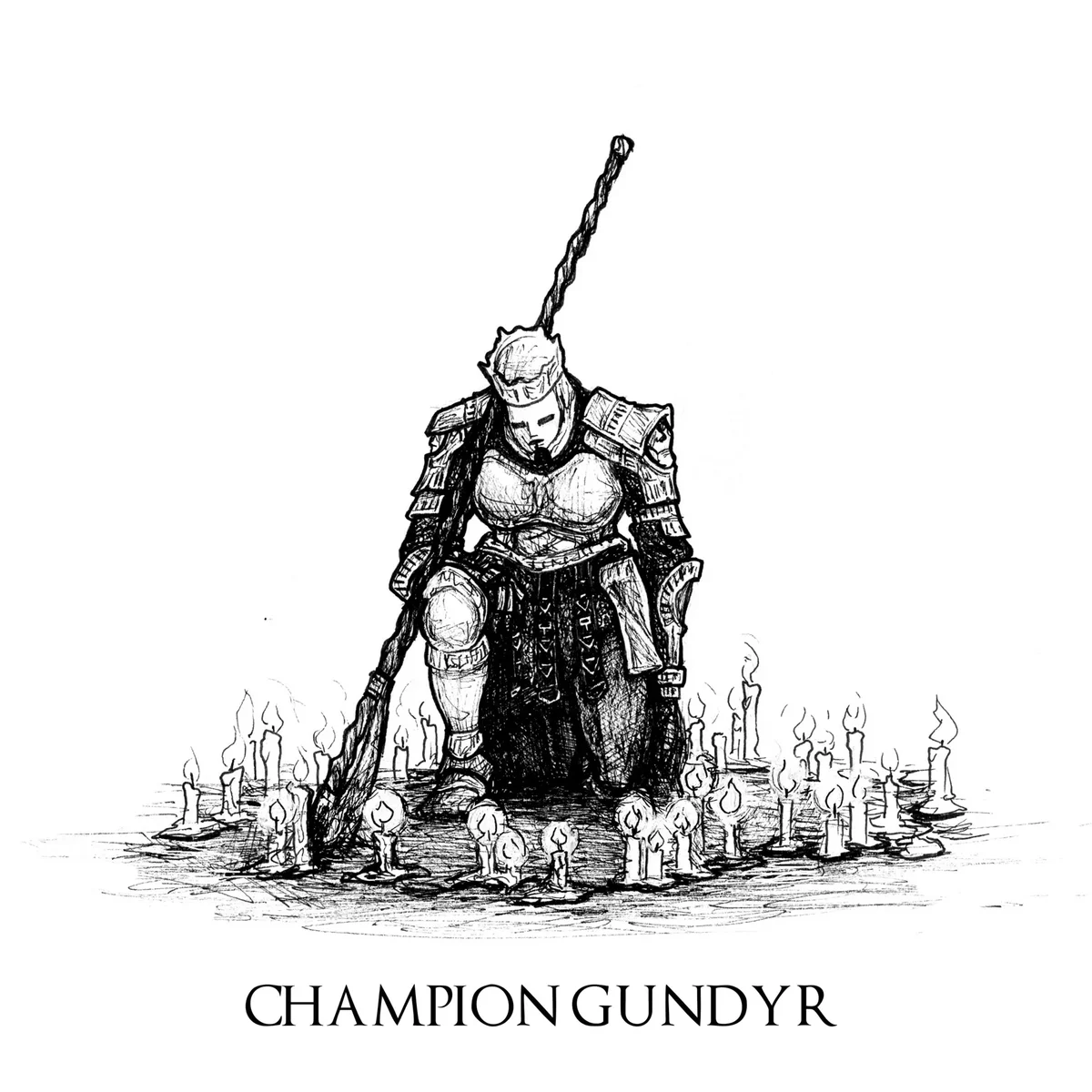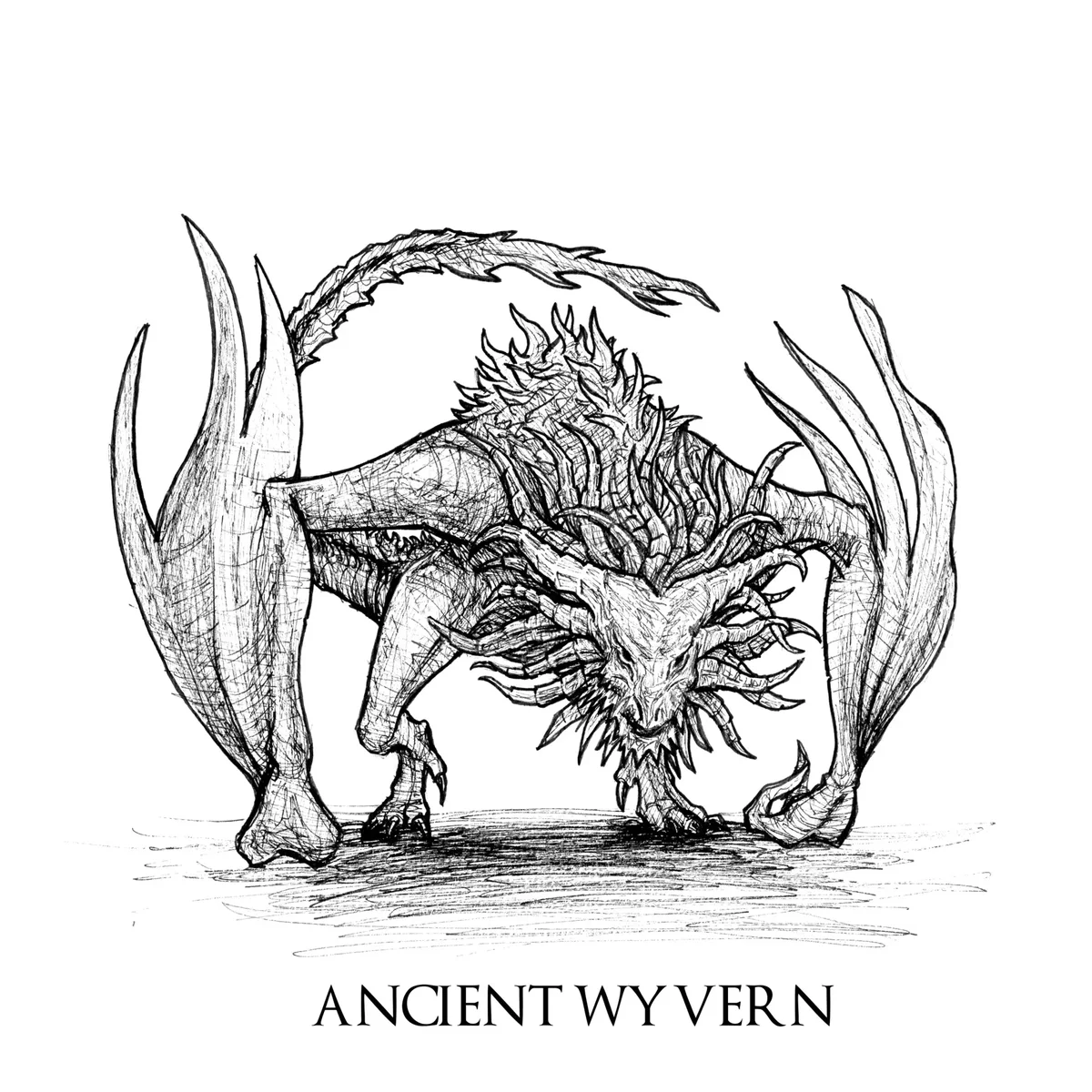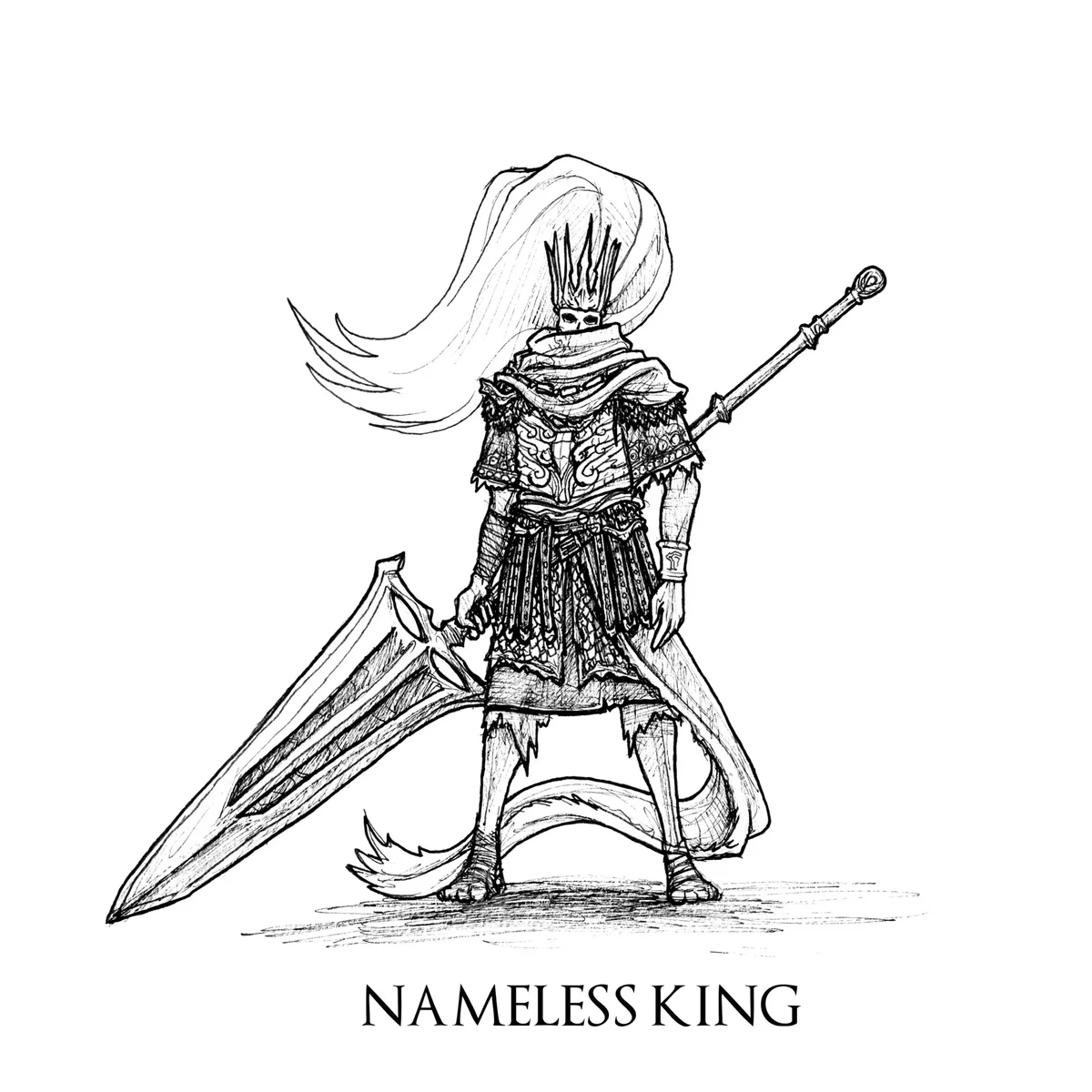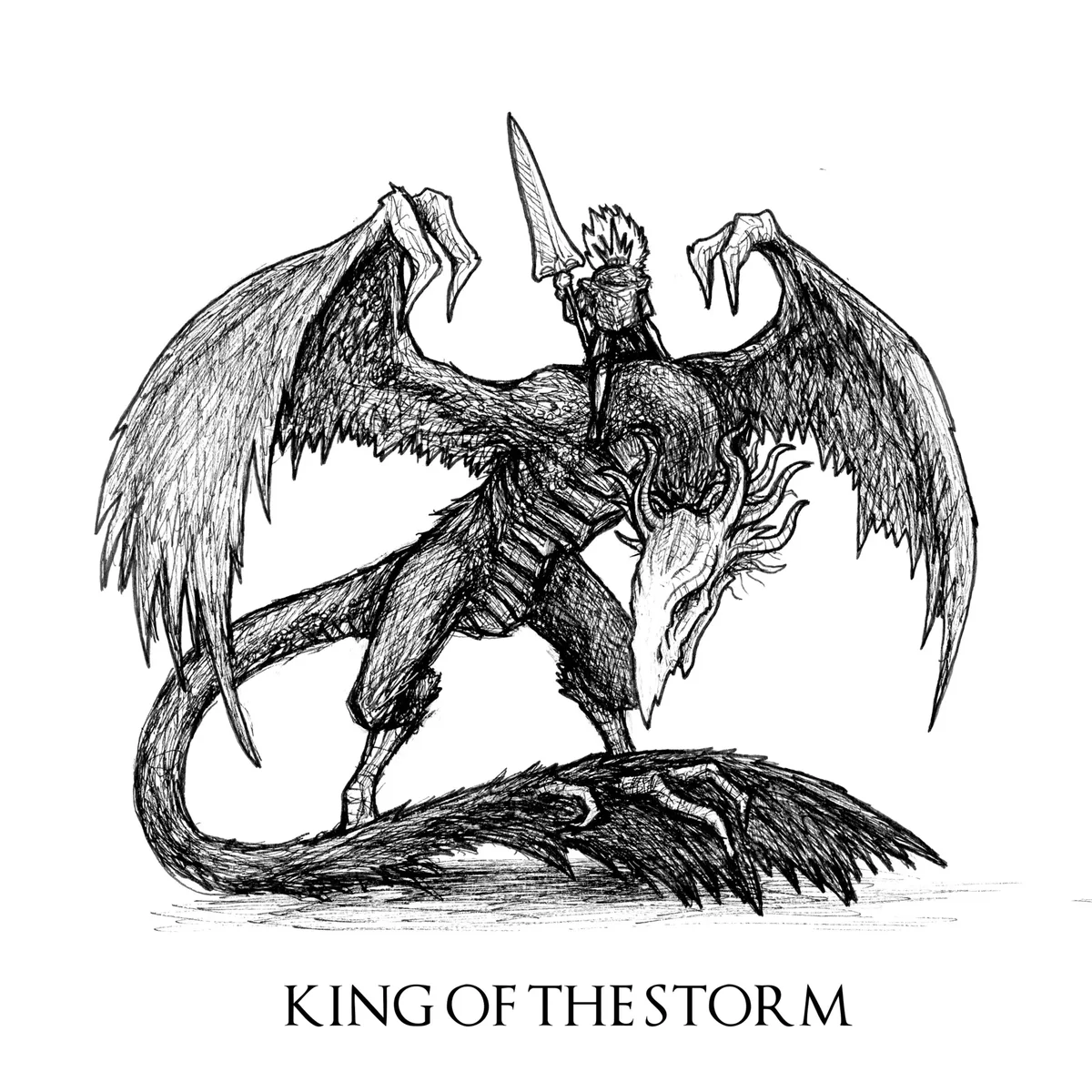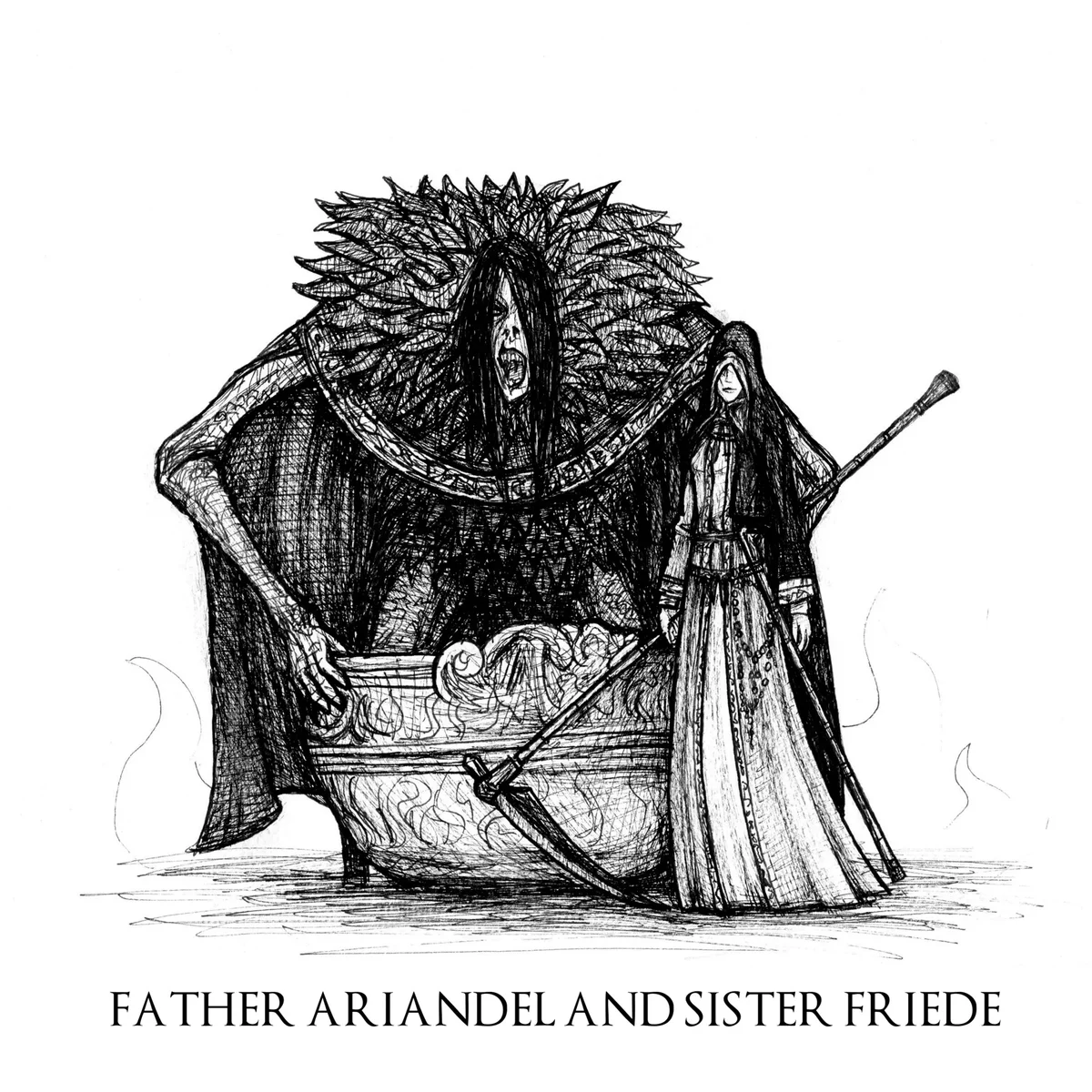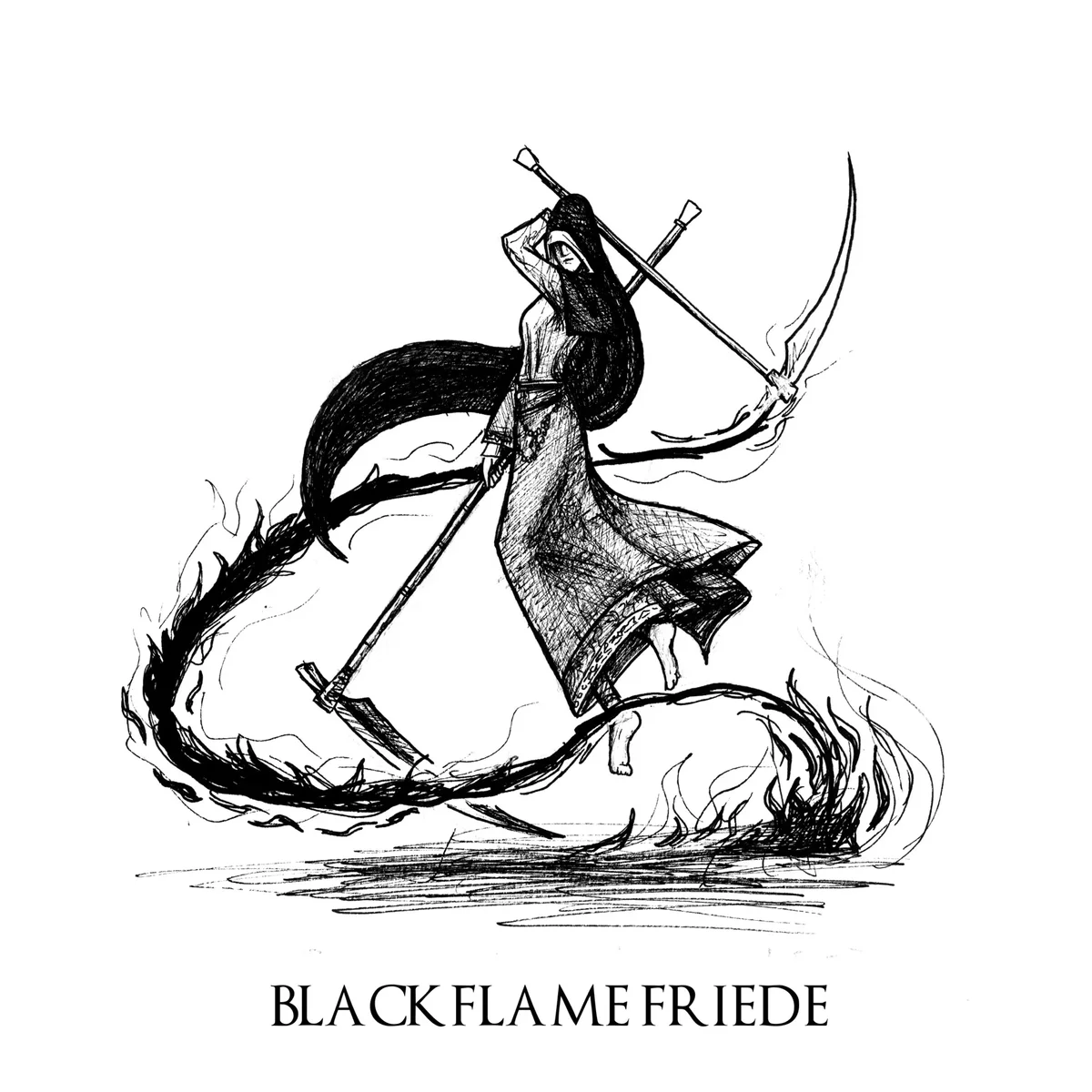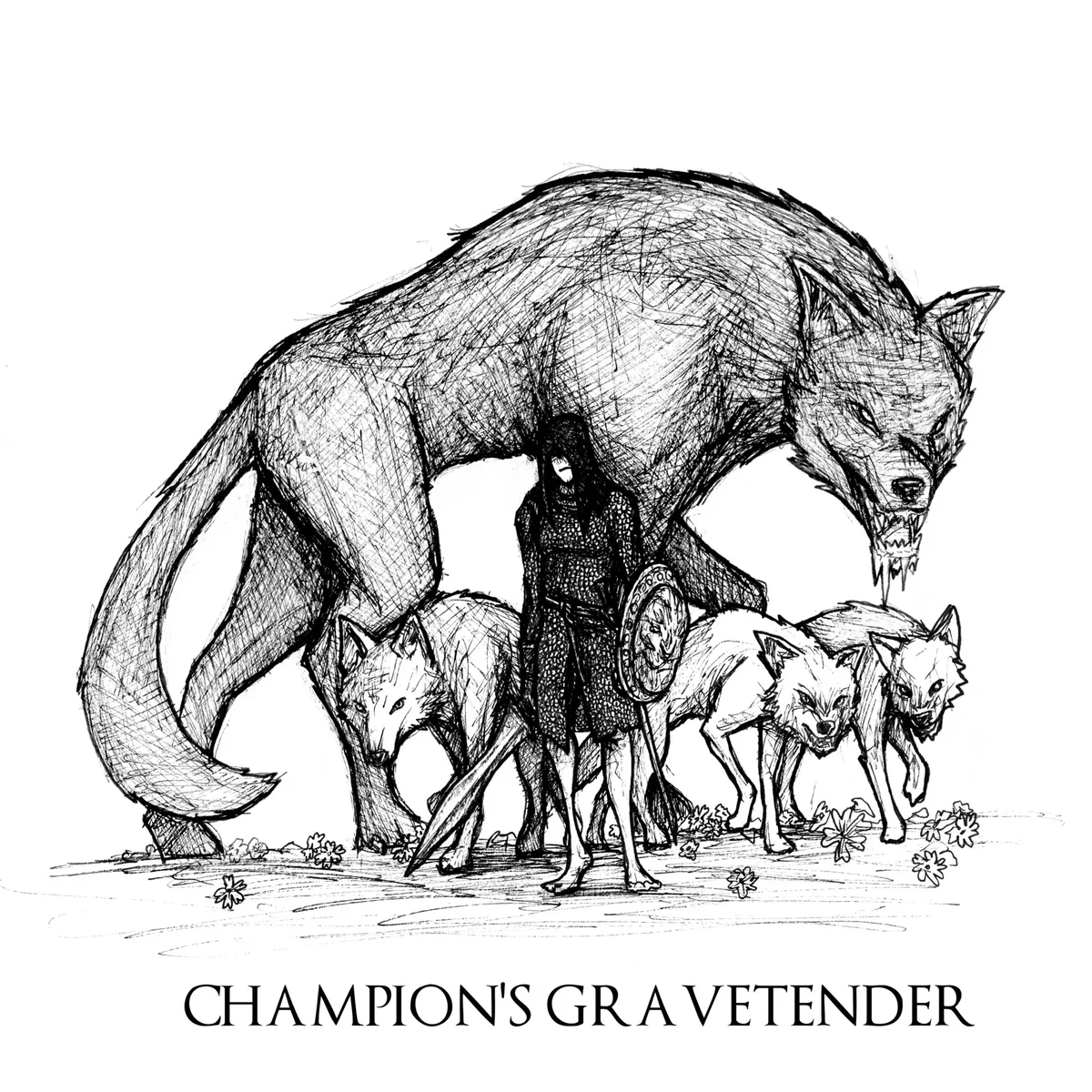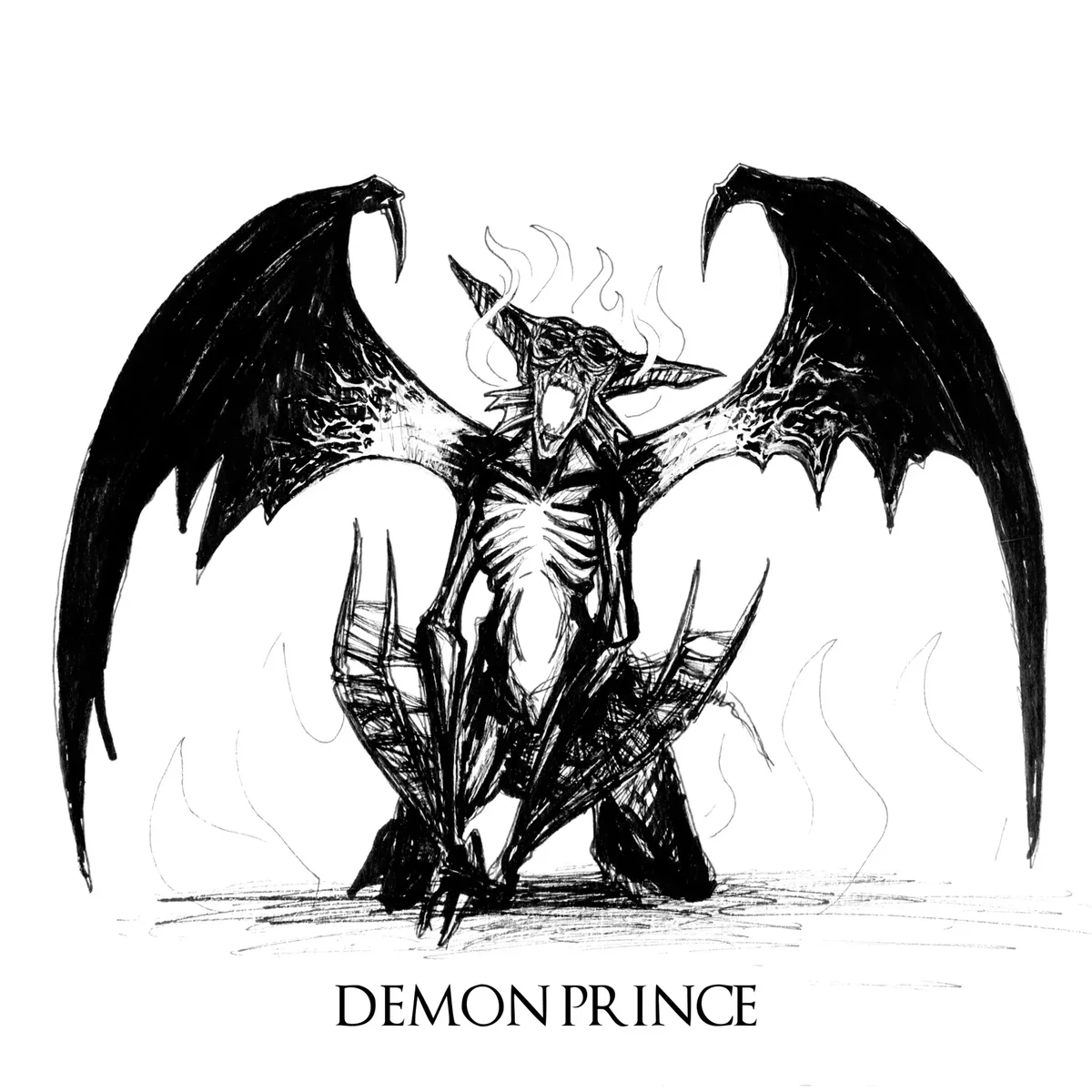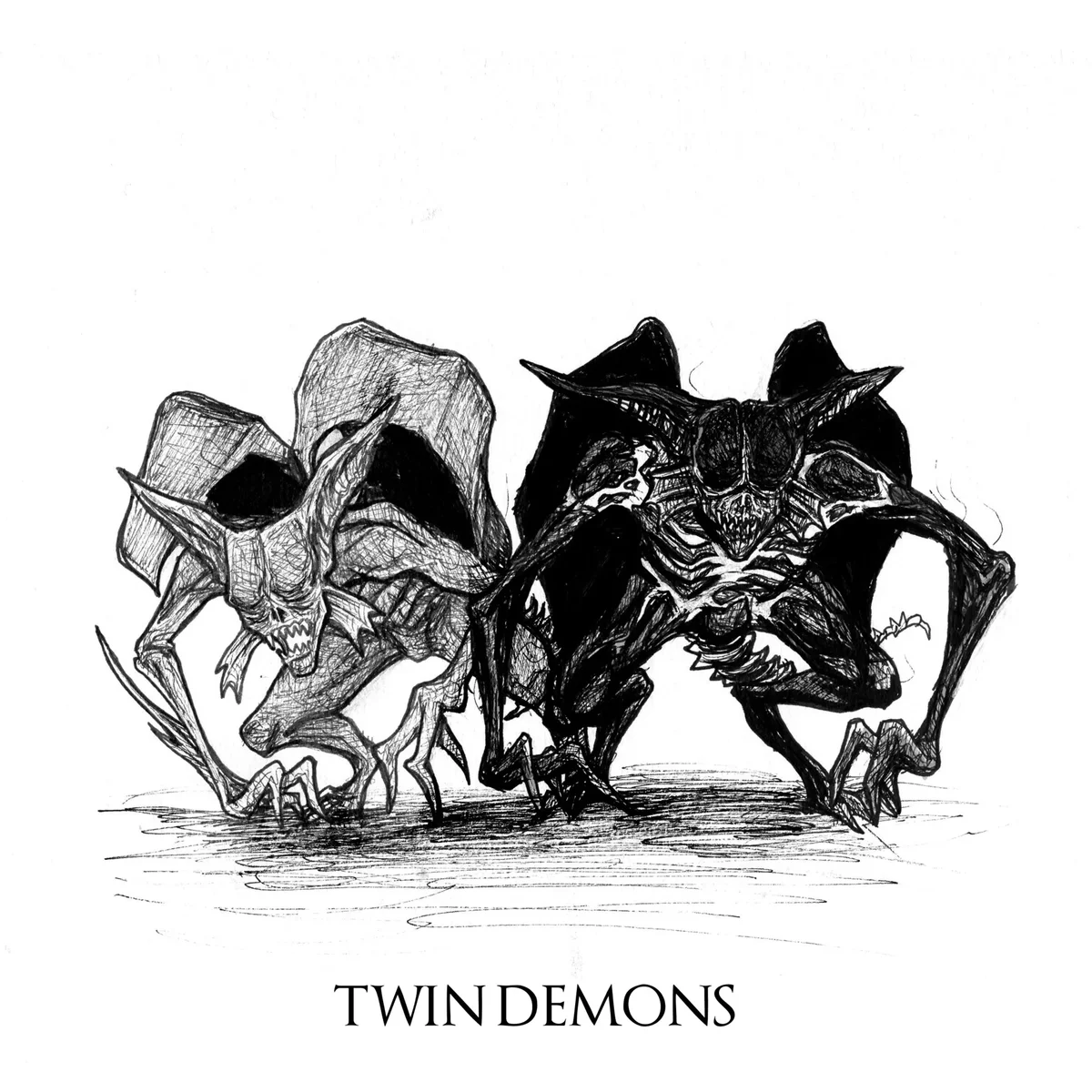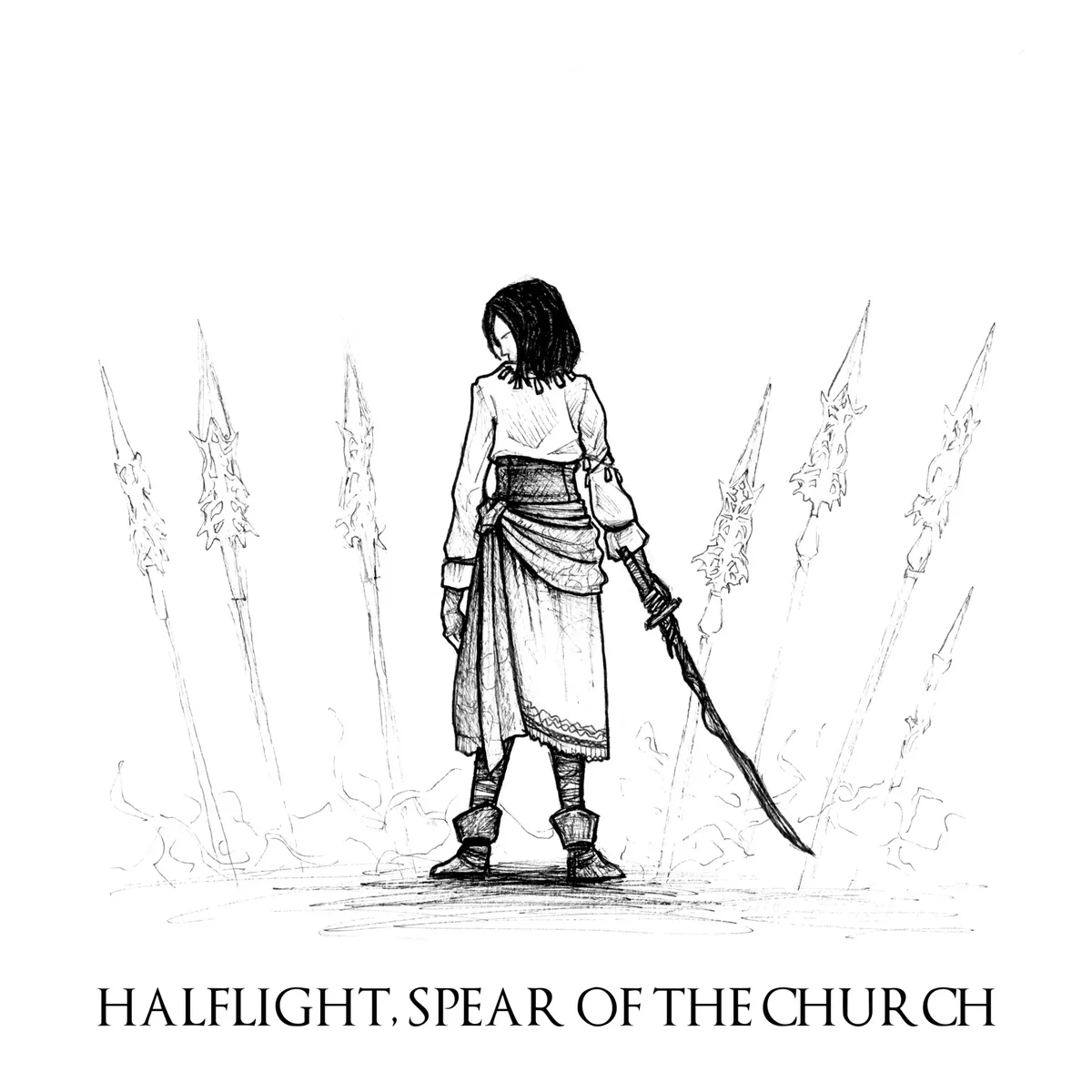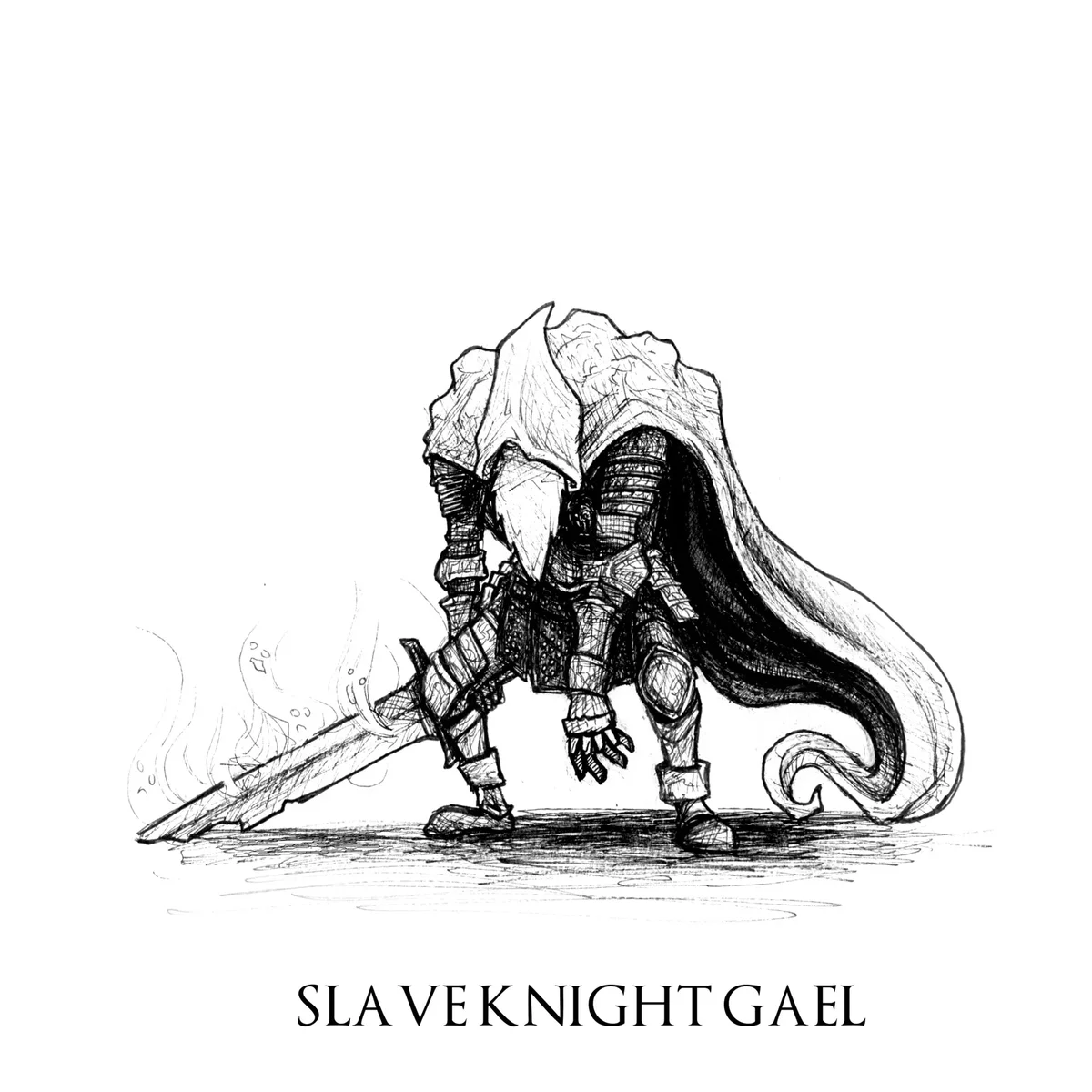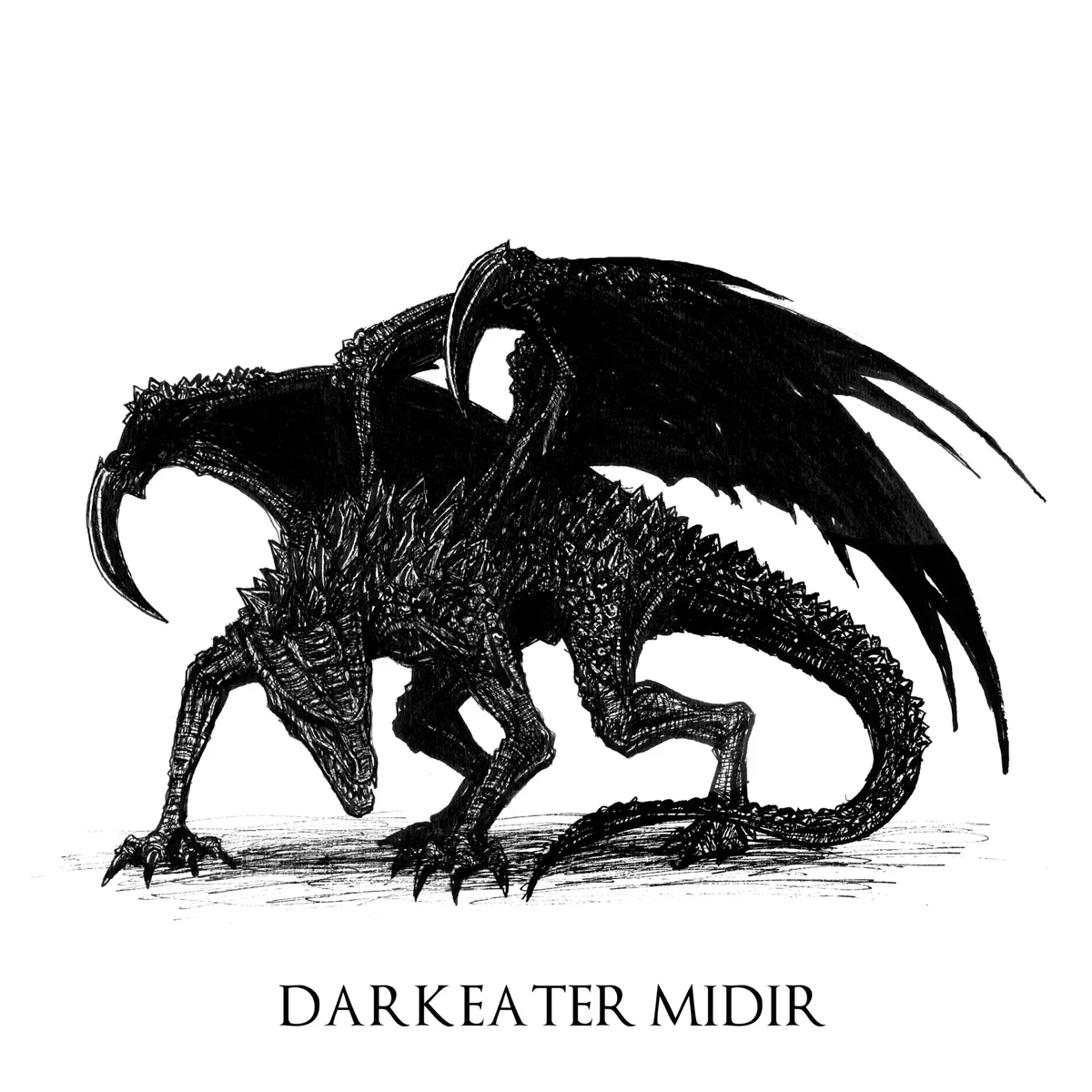Lost in Translation: Boss Names in Dark Souls III
Video version:
Hey, hi, hello. We've finally reached Dark Souls III in this long linguistic journey. I've kept the bonus section from my DSII post and dug up some exciting stuff about things other than boss names, so make sure not to skip it. Now, onward to the disclaimers, sources and other very important things:
Disclaimer #0 - common sense is everything. I do not speak The Soulsborne Truth in these posts, I just try to employ my linguistic knowledge and my love for these games to try and dig up some details that have not been carried over to the English version. I will also entertain some lore theories, but they are what they are - theories.
Disclaimer #1 — trust me, I'm a professional if this fact will somehow make this post more credible and trustworthy to you - I am a certified linguist. My major is English and Japanese as foreign languages, my minor is intercultural communication. Fun stuff!
Disclaimer #2 — I am not a professional translator, nor have I ever worked in localization. I will give some info on what the Japanese name of the boss means along with some options how it could be more accurately translated if it isn't. The post will also contain my personal opinion on whether or not the translation was on point. I fully realize that localization is tough and it involves deadlines, absence of context and other various difficulties.
Why do kanji (Japanese characters) have different readings?
This is a popular question in the comment section. In a nutshell, Japanese kanji usually have two types of readings: on-reding and kun-reading, there might be a number of them in each category. On-readings have carried over from Chinese since kanji were borrowed from there, and kun-readings are native to Japanese. When a kanji stands on its own and is used as a single word, it is read with its kun-reading. When a kanji is used as a part of a multi-kanji word, it is read with its on-reading. It is slightly more complicated, but in broad strokes I think it explains it.
Localization info
As far as I know, Dark Souls III was localized into English by Frognation.
Legend
[:] — colon after a vowel means that it's a long sound;
['] — apostrophe after a vowel or before a vowel (or between two [n]) means that these are two different syllables, not a single long one.
The transcriptions I give do not follow all academic rules, and I don't think it's necessary. They are just here to represent the pronunciation.
Sources
For this post I used the Japanese wiki, the English wiki, Dark Souls Trilogy -Archives of the Fire-, Vaati Vidya's videos to refresh my knowledge on the lore and a number of dictionaries.
A giant heartfelt thank you to an amazing artist Brent Skinner who gave me his permission to use his incredible artwork to make all Soulsborne posts in this blog a hundred times better. Thank you, Brent! Follow him everywhere - here is the ArtStation, and here is his Twitter.
We'll take a look at the original boss name, then analyze the localized version and see how close it is. I'll try to come up with a more accurate version, if I can.
Let's go.
Main bosses
Iudex Gundyr
Japanese - 灰の審判者グンダ [hai no shinpansha gunda] English - Iudex Gundyr
灰 [hai] - ash. This kanji is present in the name of the protagonist, "Unkindled" - 火の無い灰 [hi no nai hai] - literally "ash without flame". Some NPCs call us "Ashen One", using the phrase 灰の方 [hai no kata] - "ashen person" or just 灰 [hai] - ash.
の [no] - we know this particle well by this point, it denotes possessive relations and can make adjectives out of nouns. You can interpret this name as "the one who judges ash" because that's what Gundyr does, serving as a trial for Ashen Ones. Alternatively, you can look at it as "Ashen Judge", which is also true because Gundyr was an Ashen One is his days.
審判者 [shinpansha] - this word is derived from 審判 [shinpan] - referee, judgement, trial + the kanji denoting an agent that we're also familiar with.
グンダ [gunda] - a proper name, Gundyr.
The "ash" part was thrown out of the window and all creative effort went into localizing "shinpansha". Apparently, the English localization decided to roll back the word "Judge" out of stylistic concern and settled on "Iudex". Iudex (also Judex) is a Latin word that "judge" originated from. I'm not a native English speaker so I don't know how obvious the connection is, a couple of Reddit threads I've read suggest that it might not be. Anyway, I'd rather they preserved the "ashen" part than embellished the name with a Latin word.
Vordt of the Boreal Valley
Japanese - 冷たい谷のボルド [tsumetai tani no borudo] English - Vordt of the Boreal Valley
冷たい谷 [tsumetai tani] - the name of the area. Honestly, I expected it to be a little bit more complicated but it's chillingly simple: 冷たい [tsume.tai] - cold, chilly, icy and 谷 [tani] - valley. I adore the "Boreal" translation, it is better than just "Cold Valley" and preserves all the necessary meanings.
の [no] - the particle points at the fact that Vordt is OF the valley.
ボルド [borudo] - Boruto proper name, Vord would've been more precise, I don't know why they decided to add one more consonant. Maybe "Vordt" was the original form, who knows.
Crystal Sage
Japanese - 結晶の古老 [kessho: no koro:] English - Crystal Sage
結晶 [kessho:] - crystal.
古老 [koro:] - this word is used to denote elderly people, people of age.
"Sage" is a great choice.
Deacons of the Deep
Japanese - 深みの主教たち [fukami no shukyo:tachi] English - Deacons of the Deep
深み [fuka.mi] - depth. Here it is used to denote a location: 深み/The Deep.
の [no] - possessive particle.
主教たち [shukyo:tachi] - the word 主教 [shukyo:] actually means "bishop", a member of clergy with substantial authority. The kanji here (lord/chef and faith/doctrine) also point at the upper position in the hierarchy. However, the localization deposed them from bishops to mere deacons; deacons are much lower in the hierarchy than bishops. たち [tachi] points at the plurality on the noun.
Abyss Watchers
Japanese - 深淵の監視者 [shin'en no kanshisha] English - Abyss Watchers
深淵 [shin'en] - Abyss, the same word we've seen in DSI.
の [no] - possessive particle.
監視者 [kanshisha] - originates from 監視 [kanshi] - monitoring, watching, also guarding. "Watchers" is a good choice, they are indeed watching that nobody crawls out of the Abyss.
By the way, the word 監視者 [kanshisha] was used in DSII to denote 玉座の監視者 [gyokuza no kanshisha] - Throne Watcher. I appreciate the consistency.
High Lord Wolnir
Japanese - 覇王ウォルニール [hao: woruni:ru] English - High Lord Wolnir
覇王 [hao:] - it's not just "lord" or "king" but somebody even higher than that, so High Lord is a good choice. According to the lore, Wolnir defeated all the rightful lords of Carthus and made his crown out of their crowns, so he is the High Lord.
ウォルニール [woruni:ru] - Wolnir, written in katakana.
Pontiff Sulyvahn
Japanese - 法王サリヴァーン [ho:o: sariwa:n] English - Pontiff Sulyvahn
法王 [ho:o:] - in Japanese this word denotes Buddha. And also Pope, the bishop of Rome (ローマ法王 [ro:ma ho:o:]), and we are more interested in the latter. Sulyvahn is of the highest rank in the Church of the Deep, above him stands only Aldrich, and below him stands everybody else. It's only logical that the original uses a word that describes the highest priest of Catholic Church. "Pontiff" was a right word to choose; despite the fact that "pontiff" technically can be used when talking about any bishop, it's associated with Pope who is the supreme pontiff. 法王[ho:o:] tells us that Sulyvahn occupies the highest possible position in the Church of the Deep. An impressive career path for a boy from the cold painting, don't you think?..
サリヴァーン [sariwa:n] - the original is most certainly English, so no troubles here.
Aldrich, Devourer of Gods
Japanese - 神喰らいのエルドリッチ [kamikurai no erudoricchi] English - Aldrich, Devourer of Gods
神喰らい [kamiku.rai] - a curious word, constructed of 神 [kami] - god and 喰らい [ku.rai] - eater/devourer.
の [no] - makes an adjective out of 神喰らい (which is honestly a noun) to attach it to the name.
エルドリッチ [erudoricchi] - it obviously should've been Eldritch - an ancient word dating back to Old English that means "strange or unnatural especially in a way that inspires fear". It was popularized by Lovecraft, so now people have this stable connection in their minds: eldritch-sea-Lovecraft. It all fits quite well here because of the Church of the Deep, Age of the Deep Sea that Aldrich dreams of and everything else. Unsheathe all you theories about Bloodborne and DSIII.
Maybe the English localization decided not to localize him as Eldritch because it's a real word?..
Yhorm the Giant
Japanese - 巨人ヨーム [kyojin yo:mu] English - Yhorm the Giant
巨人 [kyojin] - giant, we've been seeing this word consistently in Dark Souls franchise.
ヨーム [yo:mu] - proper name, obviously derived from the Scandinavian root "Jorm" - gigantic, that is a part of the name Jormungandr in Norse mythology.
Dancer of the Boreal Valley
Japanese - 冷たい谷の踊り子 [tsumetai tani no odoriko] English - Dancer of the Boreal Valley
冷たい谷 [tsumetai tani] - name of the area, we've already covered it with Vordt.
踊り子 [odoriko] - a noun comprised of 踊り [odo.ri] - a dance, and a kanji 子 [ko] that is used to denote children or young women. Both English and Japanese don't have grammatical category of gender but 子 suggests that the Dancer is a woman, it's also backed up by the lore. In Russian every word has a grammatical gender associated with it, so for us the "Dancer" part is feminine.
Dragonslayer Armour
Japanese - 竜狩りの鎧 [ryu:kari no yoroi] English - Dragonslayer Armour
竜狩り [ryu:kari] - here's our old word-friend that we've seen time and time again: in DSI this word was used to denote Ornstein, in DSII - to denote the Old Dragonslayer.
鎧 [yoroi] - armor.
"The word we see for the third time" + "the word that has literally a single meaning" = no localization troubles.
Lorian, Elder Prince and Lothric, Younger Prince
Japanese - 兄王子ローリアン、王子ロスリック [anio:ji ro:rian, o:ji rosurikku] English - Lorian, Elder Prince and Lothric, Younger Prince
兄王子 [anio:ji] - literally “elder prince”. Here the kanji 兄 [ani] is used, it means "elder brother". 王子 [o:ji] - prince - is used in both names.
ローリアン [ro:rian] - Lorian. Probably derived from "laurel" - a symbol of victory, royalty and such. Fits pretty well.
ロスリック [rosurikku] - Lothric written in katakana. The most popular community theory suggests that this name might me derived from "Loath" (hatred, unwillingness) and Ric (ruler/kingdom).
It would be more accurate to translate the names as “Elder Prince Lorian and Prince Lothric” because in the original Lothric is not named "younger prince", although it's implied. Anyway, I think that their proper names are far more important than titles.
Soul of Cinder
Japanese - 王たちの化身 [o:tachi no keshin] English - Soul of Cinder
A gem 100% lost in translation.
王たち [o:tachi] - kingS, the plurality is emphasized by たち [tachi], as in the DeaconS of the Deep.
の [no] - possessive particle.
化身 [keshin] - a buddhist term meaning "incarnation, avatar, personification".
A more accurate translation would be Incarnation of Kings/Lords. Maybe it's not as cool and romantic as "Soul of Cinder" but it actually reflects the lore. This boss is an accumulative sum of all Lords of Cinder that were before. When you know the original name, you don't have questions about Gwyn's theme suddenly playing.
This situation is more in line with what happened to Priscilla in DSI - people had to guess that Soul of Cinder is somehow all Lords in one, when the original states it quite clearly.
Optional Bosses
Curse-Rotted Greatwood
Japanese - 呪腹の大樹 [jufuku no taiju] English - Curse-Rotted Greatwood
呪腹 [jufuku] - a curious word made of 呪い [noro.i] - spell or curse and 腹 [hara] - a word of many meanings including "stomach" and "something that is inside", including intention and willpower. In Japanese there are a lot of idiomatic phrases that include this kanji, and many of them point at the fact that one's souls is actually located in one's stomach. According to the lore, this boss holds a lot of curses in its body, and its bloated lower part does look like a stomach.
大樹 [taiju] - literally "big tree".
Curse-Rotted - is quite inventive when localizing 呪腹 [jufuku], although it misses the "stomach" part.
The Old Demon King
Japanese - デーモン老王 [de:mon ro:o:] English - The Old Demon King
Let's ignore the simple "demon" part and look at the more interesting stuff:
老王 [ro:o:] - old king. Seems to be quite obvious but the use of 老 for "old" instead of 古 that's been used repeatedly throughout the whole franchise to denote age, made me wonder.
Let's quickly jump back to Dark Souls II and look once again at the boss with one of the simplest names:
Japanese - 鉄の古王 [tetsu no koo:] English - Old Iron King
It's all kind of the same: Old Iron King and Old Demon King but the kanji for "old" are different: 古王 for the Iron King and 老王 for the Demon King. Why?
古 [inishie] meaning "old" emphasizes the time: the antiquity, ancient times. In DSII it was used to denote characters who are in some way relevant to the Age of Fire, like Ancient Dragon or Old Iron King who has Gwyn's soul. They have this kanji because they are in some way connected to the ancient times.
老いろ [o.iro] - as a verb this kanji means "to age" and is widely used in many words denoting elderly and old age.
As I've come to understand it, the choice of kanji here depends on what needs to be emphasized. If it's the connection to the ancient times, the Age of Fire, like in the case of Iron King, then 古 is used. If the emphasis is put on the age of the character itself, then 老 is used. The difference is quite small but I love digging up such details. Makes me really excited.
Oceiros, the Consumed King
Japanese - 妖王オスロエス [yo:o: osuroesu] English - Oceiros, the Consumed King
I'd be shocked if the original name had something like "consumed" in it. But of course it doesn't :D
妖王 [yo:o:] - a word most curious and quite difficult to translate. We've seen the second kanji a million times in these games-where-everyone-is-a-king so let's focus on the first one. 妖 [yo:] as a part of a word generally denotes something mysterious, bewitching, supernatural. Here are some examples: 妖精 [yo:sei] - fairy, sprite; 妖怪 [yo:kai] - ghost, demon, apparition; 妖術 [yo:jutsu] - black magic, witchcraft, sorcery. Since Oceiros was a follower of Seath's and did... many interesting things including turning himself into a dragon, the word could be translated as Witch-King or Sourcerer-King. I assume that English localization invented "Consumed King" to emphasize his obsession with Seath's teachings, Ocelotte and many other things that occupied his mind.
オスロエス [osuroesu] - the original of this name must be Osroes, a name of the Parthian king. The name itself has quite a convoluted history of meanings that goes down as far as to the Proto-Iranian language. It was a dynasty name with positive meanings attributed to it, amongst them "king", "ruler" or "a person with good reputation". I don't know why the localization didn't localize it into Osroes, it's written in katakana as Osroes, but we have what we have.
Champion Gundyr
Japanese - 英雄グンダ [eiyu: gunda] English - Champion Gundyr
We've covered the proper name earlier with Iudex Gundyr so let's focus on the other word:
英雄 [eiyu:] - hero. Gundyr was an Ashen One much like us but unfortunately he came too late: his Fire Keeper had already died and the bell wouldn't toll. "Champion" fits.
Ancient Wyvern
Japanese - 古の飛竜 [inishie no hiryu:] English - Ancient Wyvern
古 [inishie] - as in the case with the Ancient Dragon from DSII, the word means "antiquity" and refers to the ancient times.
の [no] - possessive particle, "of ancient times".
飛竜 [hiryu:] - literally "a flying dragon". As I understand, this word is used to denote various descendants of 古竜 [koryu:] - the Everlasting Dragons. It's logical to differenciate between them, so Wyvern is fine.
The Nameless King
Japanese - 無名の王 [mumei no o:] English - The Nameless King
and
Funny thing: in both Russian and English versions the first phase of the fight is called "King of the Storm", meaning the wyvern, and the second phase ia called "The Nameless King". In the Japanese version both phases are called 無名の王 - the Nameless King - and the wyvern is not mentioned at all. Most curious.
"King of the Storm" localization is quite confusing. Its Japanese name is 古の飛竜 [inishie no hiryu:], basically "the Ancient Wyvern", same as we've just covered. Another name for it is 嵐の竜 [arashi no ryu:] - "Storm Dragon". As far as I can tell, "Wyvern" is its species and "Storm Dragon" is more of a cool nickname. No kings to be found, by the way.
The King's name is simple:
無名 [mumei] - nameless.
の [no] - makes an adjective out of 無名.
王 [o:] - top-1 most frequently used kanji in this trilogy, "king".
While I was searching here and there trying to figure out how come I can't find King of the Storm as a legit boss in my Japanese sources, I stumbled upon a theory I've never heard before. It seems to be quite popular in the Japanese community and I later found out that many people from the English community also support it. So, some people think that the King of the Storm is actually Ornstein who went searching for the heir of the sun who trained him, followed Path of the Dragon and became a Wyvern as a result. I mean, holy shit :D I always find it so fascinating and cool how many theories of different degrees of viability people can build based on the seemingly disconnected pebbles of lore scattered here and there in the Soulsborne franchise. I love it.
Ashes of Ariandel DLC
Sister Friede
The main boss has three phases and three names (!), so in order:
Phase 1:
Japanese - 修道女フリーデ [shu:do:jo furi:de] English - Sister Friede
修道女 [shu:do:jo] - nun.
フリーデ [furi:de] - Friede, short form of Elfriede.
Phase 2:
Japanese - 教父アリアンデルとフリーデ [kyo:fu arianderu to furi:de] English - Father Ariandel and Friede
Friede is left with her name here, let's focus on the painting's keeper:
教父 [kyo:fu] - church father.
アリアンデル [arianderu] - Ariandel.
So straightforward, I'm almost bored :D
Фаза 3:
Japanese - 黒い炎のフリーデ [kuroi honoo no furi:de] English - Blackflame Friede
黒い [kuro.i] - black.
炎 [honoo] - flame. This kanji is used in "Demon Firesage" from DSI.
There was literally nowhere to make a mistake. Stellar success!
Champion's Gravetender and Gravetender Greatwolf
Japanese - 王者の墓守、墓守の大狼 [o:ja no hakamori, hakamori no tairo:] English - Champion's Gravetender and Gravetender Greatwolf
王者 [o:ja] - champion, especially one who won a competition, which is basically this guy's lore.
墓守 [hakamori] - literally “defender of the grave”.
大狼 [tairo:] - "big wolf", this word was used for Sif in DSI.
の [no] - a possessive particle.
It's hard to understand who belongs to whom: as the Japanese original states, the Gravetender belongs to the Champion, and the Greatwolf belongs to the Gravetender. So, it should be Champion’s Gravetender and Gravetender’s Greatwolf.
The Ringed City DLC
Demon Prince
Japanese - デーモンの王子 [de:mon no o:ji] English - Demon Prince
"Demon" is just an English word written in katakana, and
王子 [o:ji] - prince.
No problems here, let's look at the two demons that come before:
Japanese - 傷ついたデーモン [kizutsuita de:mon] English - Demon in Pain
傷ついた [kizu.tsuita] - the wounded one, the one who was hurt. Wounded Demon would've been better but it's not a big deal.
Japanese - うろ底のデーモン [urosoka no de:mon] English - Demon from Below
うろ底 [uro.soka] - the first part of the word points at some kind of depth, like a hole or a cave, and 底 [soka] means "bottom". "From Below" is actually a really good localization, I like it.
Halflight, Spear of the Church
Japanese - 教会の槍、ハーフライト [kyo:kai no yari, ha:furaito] English - Halflight, Spear of the Church
教会 [kyo:kai] - church.
の [no] - possessive particle, "of the church".
槍 [yari] - spear.
ハーフライト [ha:furaito] - proper name, literally "halflight", written in katakana.
I haven't played the Ringed City at all but there was something in this name - Halflight - I could not quite put my finger on and yet it gnawed on my mind. The kanji for "halflight" were tickling my brain until I remembered - 宵闇 [yoiyami]. This was the name of the Princess of Oolacile that was localized into English as Dusk. Then I thought, "Does this guy come from Oolacile?" and yep, his armour set and his bow heavily implicate that he is from the ancient lands of Oolacile. Honestly? Whoooa.
Slave Knight Gael
Japanese - 奴隷騎士ゲール [dorei kishi ge:ru] English - Slave Knight Gael
奴隷 [dorei] - slave, servant.
騎士 [kishi] - knight, we're familiar with this word.
ゲール [ge:ru] - Gael, likely conceived in English first.
Darkeater Midir
Japanese - 闇喰らいのミディール [yamikurai no midi:ru] English - Darkeater Midir
This name follows the same pattern as Aldrich.
闇喰らい [yamiku.rai] - literally "darkeater".
の [no] - particle makes an adjective out of 闇喰らい.
ミディール [midi:ru] - Midir.
Success!
Bonus
Patches
Dark Souls I
Japanese - 鉄板のパッチ [teppan no pacchi] English - Trusty Patches
鉄板 [teppan] - apart from a metal griddle for cooking, "teppan" can be a slang word that means "sure thing" or "certain winner" - generally something that is 100% bound to happen. Here, I think, it has a meaning of "reliable", like "100% reliable dude Patches". "Trusty" is a great choice. Oh, the irony is so sweet.
パッチ [pacchi] - literally "patch", so Patches is also a great way to localize this name.
Dark Souls III
Japanese - 不屈のパッチ [fukutsu no pacchi] English - Unbreakable Patches
不屈 [fukutsu] - persistence, fortitude. The first kanji is a negative prefix, and the second one means "yield/bend/submit". I feel like Stubborn or Unbent would also fit quite nicely. I'm pretty sure that this word conveys the meaning of Patches living through multiple Soulsborne games from the very Demon Souls, and still being here, still persevering.
Pilgrim butteflies
Japanese - 巡礼の蝶 [junrei no cho:] English - Pilgrim Butterfly
I've been intrigued by these creatures so I looked up their original name; surprisingly, it's very simple:
巡礼 [junrei] - pilrgim, the same word was used for Emerald Pilgrim (Herald) in DSII.
の [no] - makes adjective out of 巡礼, somethng like "pilgrimaging butterfly".
蝶 [cho:] - butterfly.
Slightly disappointed :D
Ocelotte
Japanese - オセロット English - Ocelotte
オセロット [oserotto] - name of Oceiros' youngest son, Ocelotte. It is quite special in one regard: its pattern is the same as the real name of the Emerald Herald - Shanalotte. The end part -lotte (in Japanese - ロット [rotto]) points at the relation to the dragons. Both Ocelotte and Shanalotte are, in one sense or another, "childen of dragons" and even Archives of the Fire describe Ocelotte through his similarities with Shanalotte. The first part of his name is obviously a reference to his father Oceiros, it's a very popular naming pattern in DS in general, all Gwyn's kids' names start with his name.
Transposing Kiln
Japanese - 錬成炉 [renseiro] English - Transposing Kiln
A very interesting word worth dissecting.
錬成炉 [renseiro] - the first kanji 錬る [ne.ru] means "to temper steel", it's also in the word "alchemist" that I know very well because Fullmetal Alchemist is my favourite story of all time. The second kanji 成る [na.ru] has a wide pool of meanings but the general meaning is "to become, to transform". These two kanji express the function of the item: with its help you can transform something (by tempering it?). The word 錬成 also has a meaning of "training, drilling". The last kanji names the object inself - 炉 [ro], meaning "hearth, furnace, kiln". The very same kanji is used to denote Kiln of the First Flame. Transposing Kiln - 10/10, awesome translation.
Coiled Sword
Japanese - 螺旋の剣 [rasen no ken] English - Coiled Sword
Couldn't really ignore this item.
螺旋 [rasen] - spiral. This word is actually very poetic: the first kanji denotes a mollusc with a spiral shell, and the second kanji means "to rotate".
の [no] - makes an adjective out of 螺旋.
剣 [ken] - sword.
Coiled sword - great choice.
Conclusion
What was great
- Boreal Valley - an elegant desicion that conveys the ephemeral nature of "tsumetai tani".
- Curse-Rotted Greatwood - the localization successfully tied together the maximum number of meanings and conjured a decent name out of them.
What was mmeh
- Throwing out important stuff with Iudex Gundyr. Iudex is great and all, but I'd rather see "Ashen" somewhere.
- Soul of Cinder, Consumed King and King of the Storm. I feel like there could be better options.
- Mixing up deacons and bishops.
Here goes the Dark Souls trilogy. There is still a lot to discuss and discover - I've barely touched the Archives of the Fire book, and I would like to peruse it for more fascinating facts. I will probably do more posts about the lore later down the line, I really liked how these turned out.
Thank you for being here with me :3. Maybe in 10 years (hopefully less) I'll have a more substantial knowledge of Japanese and will remaster these posts fixing my own mistakes, who knows :D
Coming Next - Bloodborne. Stay tuned.
Lost in Translation: Boss Names in Dark Souls I
Lost in Translation: Boss Names in Dark Souls II
